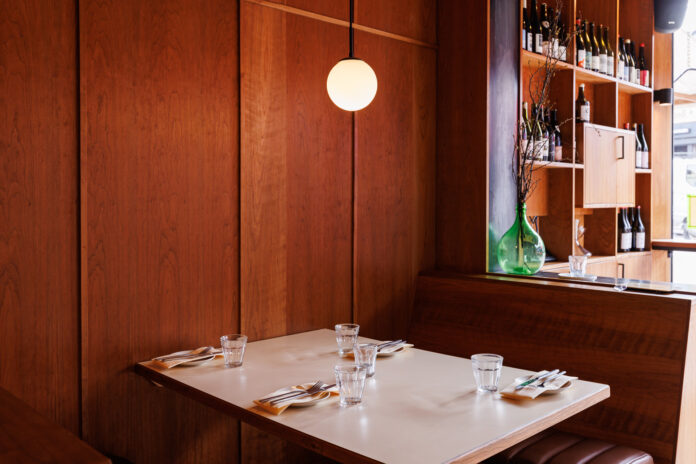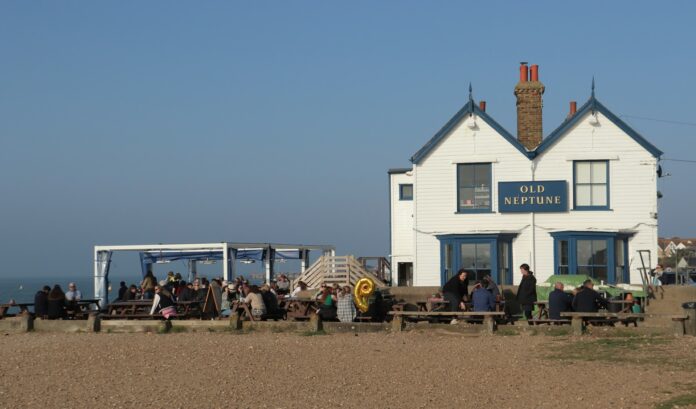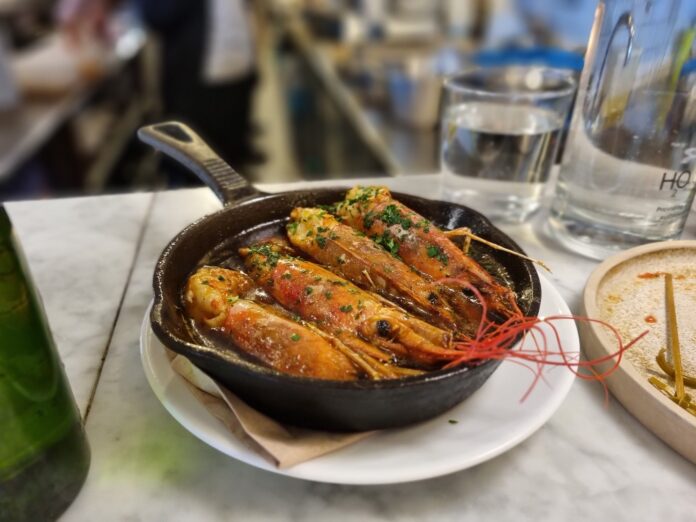Though certain Vietnamese dishes are among the world’s most cherished and Hanoi’s street food vendors rightly revered, the capital city’s restaurant scene has – until recently at least – has felt simultaneously overlooked and undervalued.
Hanoi is of course a place where you can have the best meal of your life on just about any street corner, but it’s also fast becoming one of the world’s most ambitious fine dining destinations, marked by Michelin’s arrival in 2023.
Since then, those distinctive red plaques have sprung up all over the city, looking a little incongruous against the usual timeworn Old Quarter facades, and only confirming what the denizens of Hanoi already knew: you can eat very well here, whether perched precariously on a red plastic stool amidst a cacophony of scooter horns, or seated at a white-clothed table in a hushed, reverent dining room.
The former is obviously where the action is, but sometimes you need to linger a little longer in the latter, with space to think, to breathe and to recline. With Hanoi increasingly making its mark on global gastronomy, the options for eating out at the finer end of the spectrum are becoming overwhelming. Who would have imagined saying that just a few years ago?
Fear not; because we are not overwhelmed. Cut us, and we bleed premium Red Boat fish sauce. Our perfume is perilla leaf, and our hair is made up of a thousand different strands of rice noodle. It’s all in service of this; our guide to the best fine dining restaurants in Hanoi for that truly special occasion.
Gia, Dong Da
Ideal for meticulously researched, poetically precise modern Vietnamese dining…
Meaning ‘family’ or ‘home’ in Vietnamese, Gia is chef Sam Tran’s deeply personal ode to the motherland, the dishes here a product of Tran’s decade spent training in Australia, inevitably missing the food of home. Suddenly, the restaurant’s name feels even more poetic, more appropriate still in its position in a beautifully restored Vietnamese townhouse near Hanoi’s historic Temple of Literature.
Chef Tran, the first Vietnamese woman to receive a Michelin star, is on a mission not to ‘elevate’ or to ‘refine’ Vietnamese cuisine, but to capture it through a new lens, modern techniques and a certain youthful swagger, all without losing any of its essence.
She is forthright in her desire not to linger over the past for too long; “Culture is never just nostalgia,” Tran told the The Best Chef Awards last year. She explained that looking at traditional dishes as something to simply “preserve” doesn’t suit her approach, instead wanting to “evoke in customers new emotions about ingredients that are already familiar, while telling stories about traditional Vietnamese culture.”
Mission, we’re pleased to report, very much accomplished.
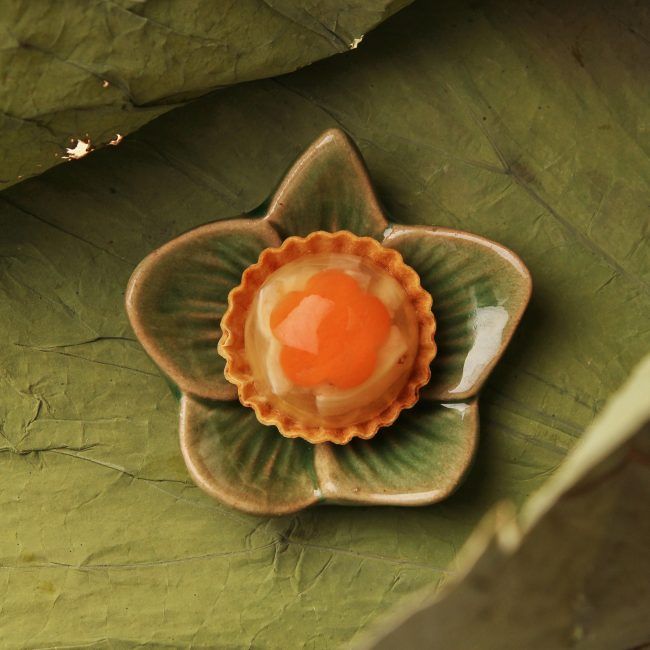
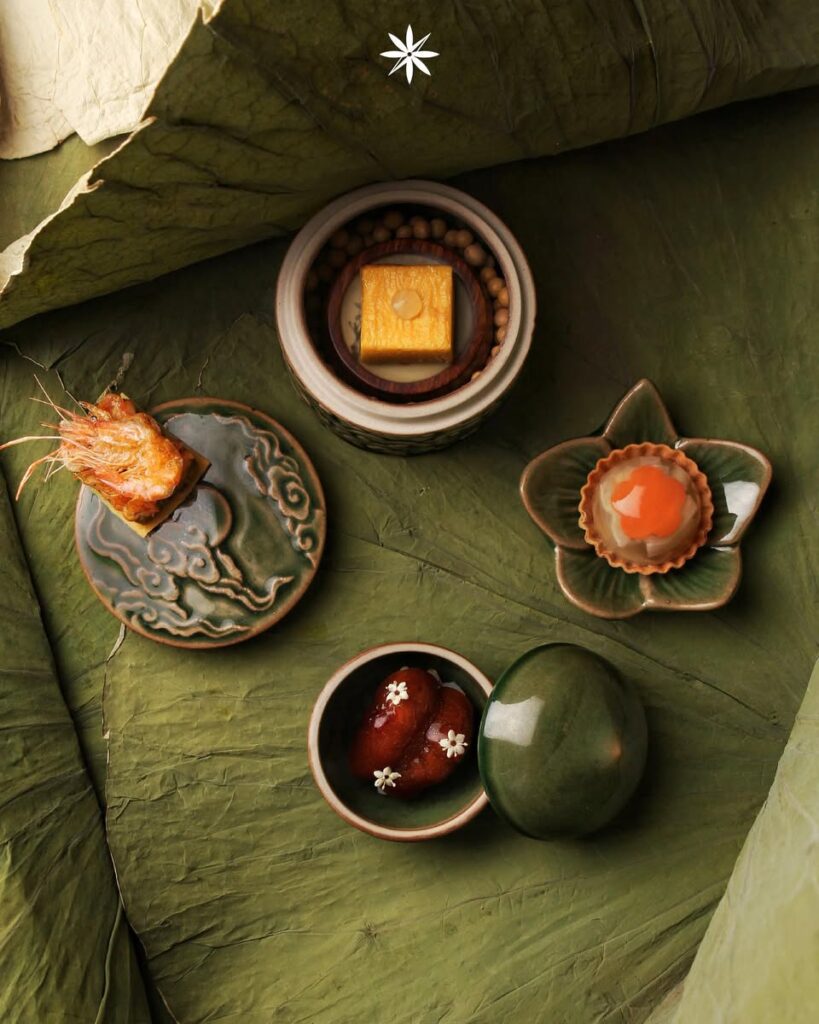
In a delicate, elegant space, dimly lit and distinctive in emerald greens and dark woods that seem to inform the pace and tone of service, the whole thing feels beautifully considered, from the spacious open kitchen that helps connect diner and cook, farm and table, to the on-display fermentation ‘lab’, filled with jars of fermenting fruits and vegetables, providing decorative flourishes and actual inspiration for the seasonally changing menu.
The dining experience at Gia spans multiple floors – a main dining area and private dining rooms peeling off it, as well as a separate space for dessert service – creating a shifting cadence throughout the meal that anchors the whole thing in that idea of change and progression.
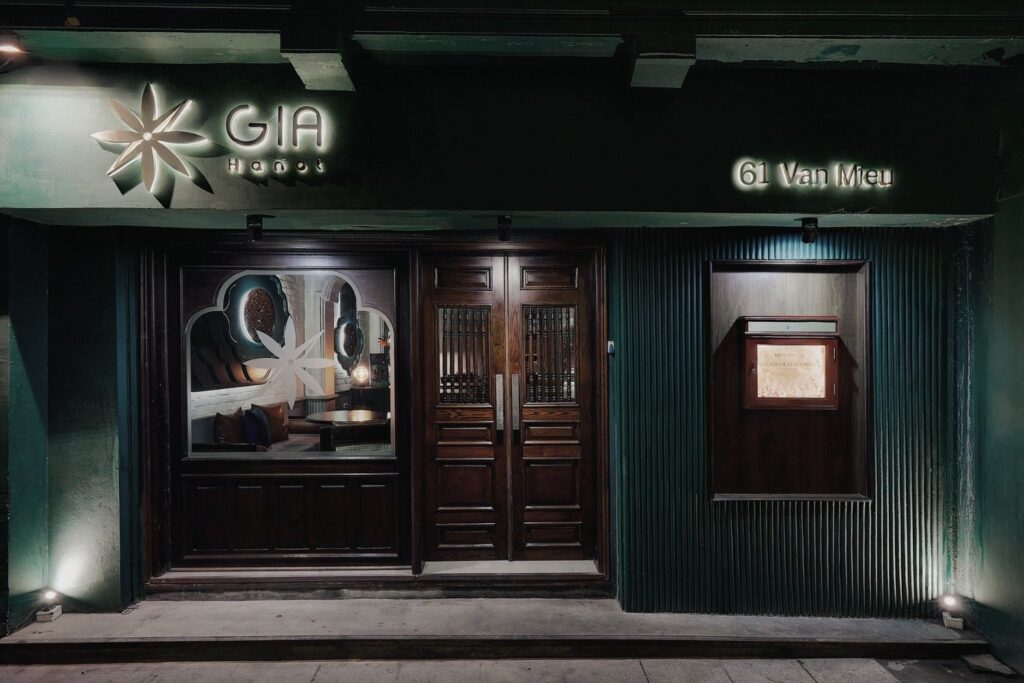
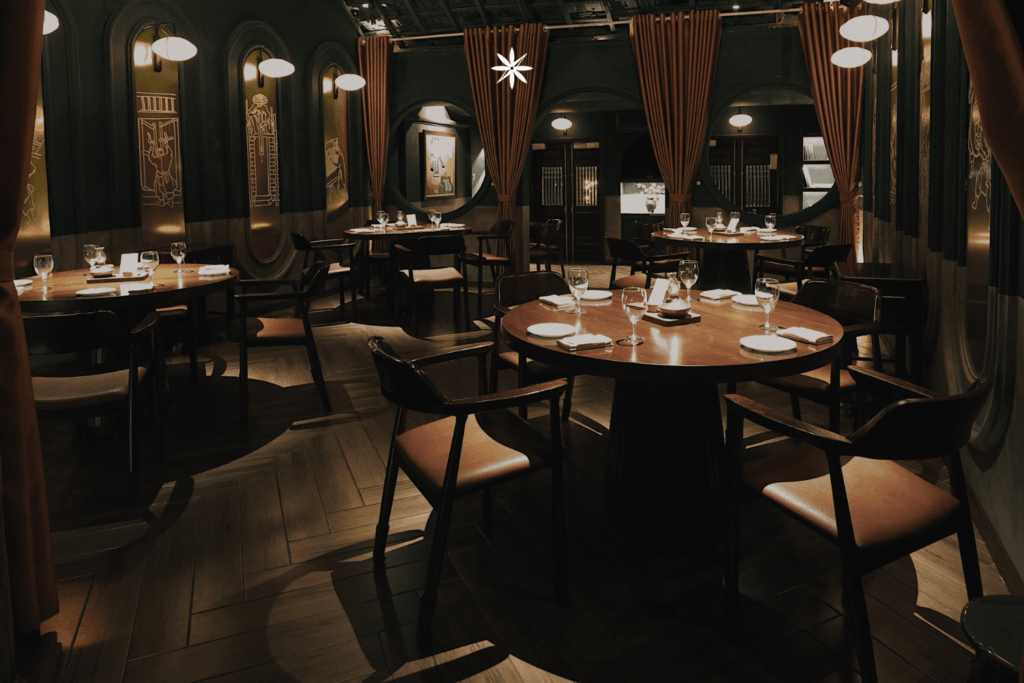
The results on the plate are just as thoughtful. The 12-course tasting menu changes not seasonally exactly, but rather to tell stories throughout the year, of the changing Northern weather or of Hanoian annual celebrations.
In practice, that’s realised through recent highlights like the ‘Inside The River’ menu’s ca kho rieng (caramelised braised fish with galangal), which paid tribute to the innate ancestral wisdom of Vietnamese home cooking, honouring how braised dishes were created not just to preserve food but to pair perfectly with simple staples during times of scarcity and Hanoi’s surprisingly chilly winter nights.
That menu ended with a real showstopper of a dessert, a dish of winter-grown sweetcorn and honey-like sweet potato that drew ingredients and inspiration from the waters and fertile silt of the Red River, transforming the humble into the ambrosial, and marrying savoury and sweet to thought-provoking effect.
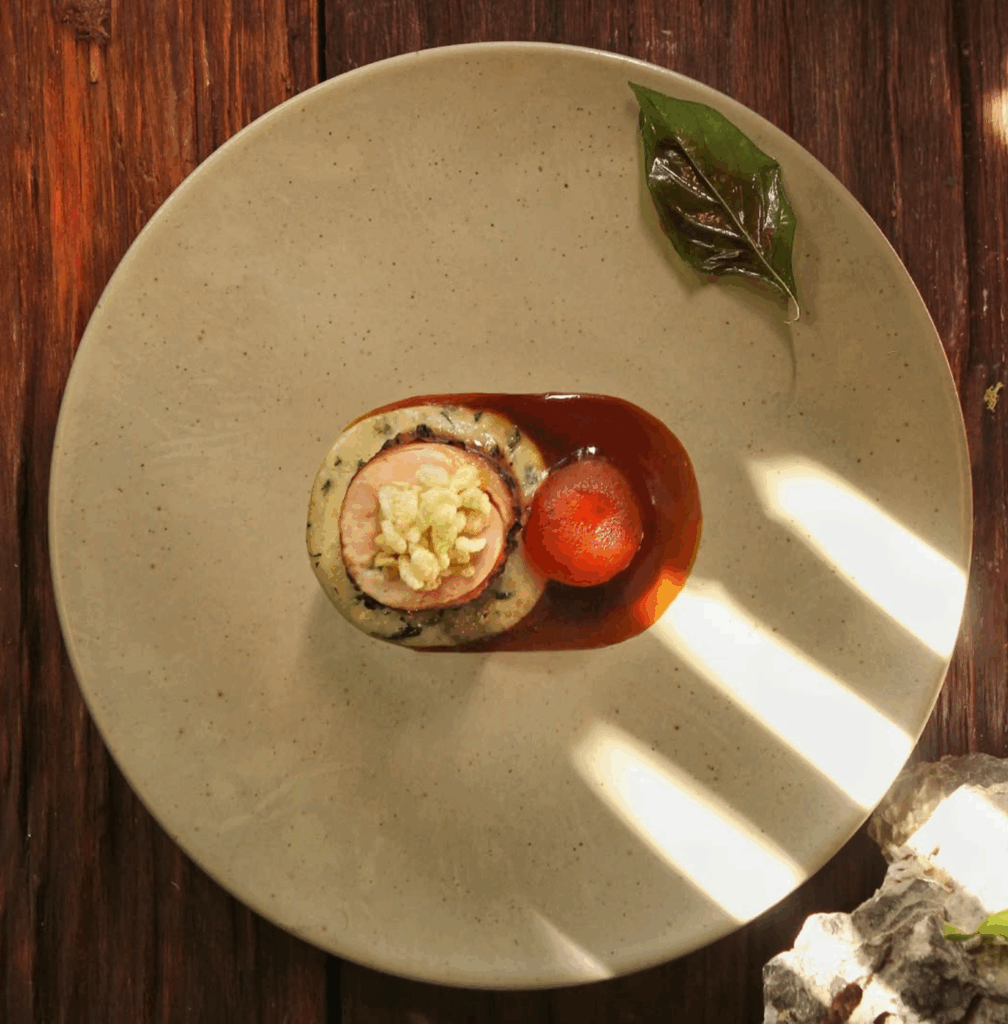
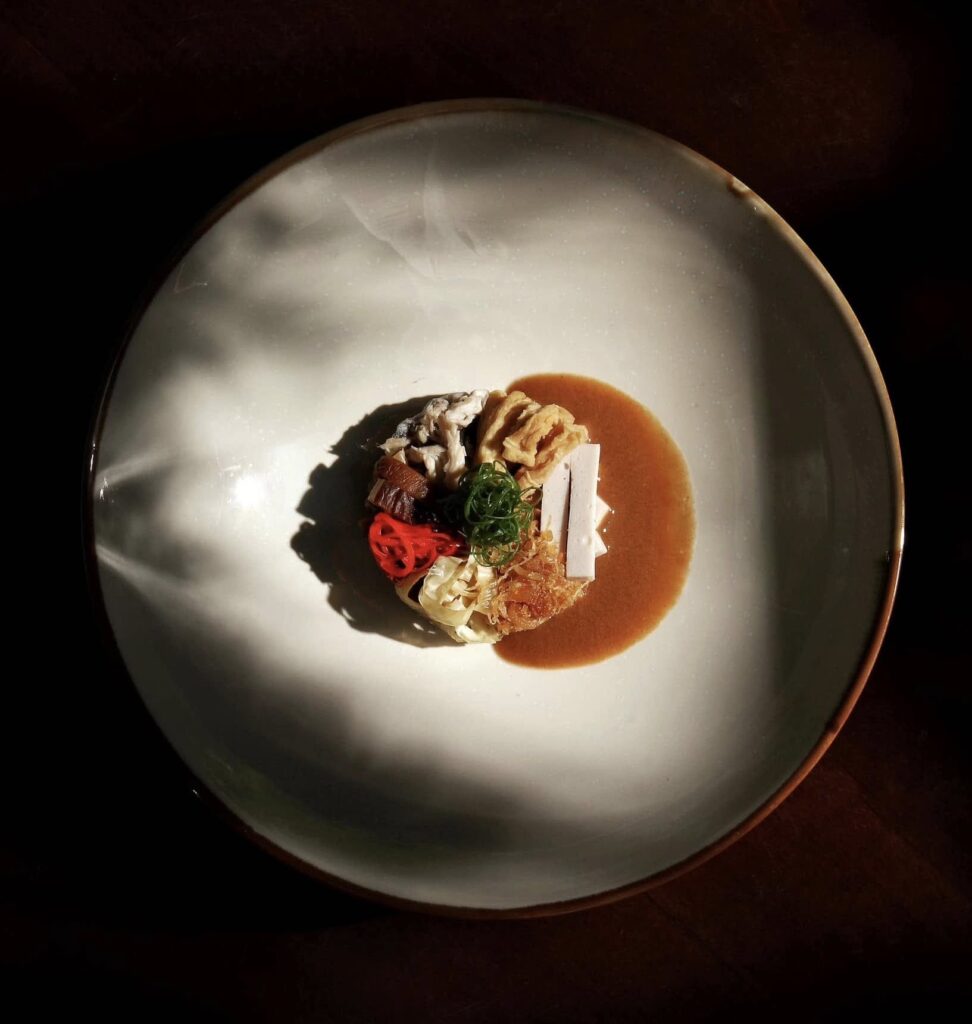
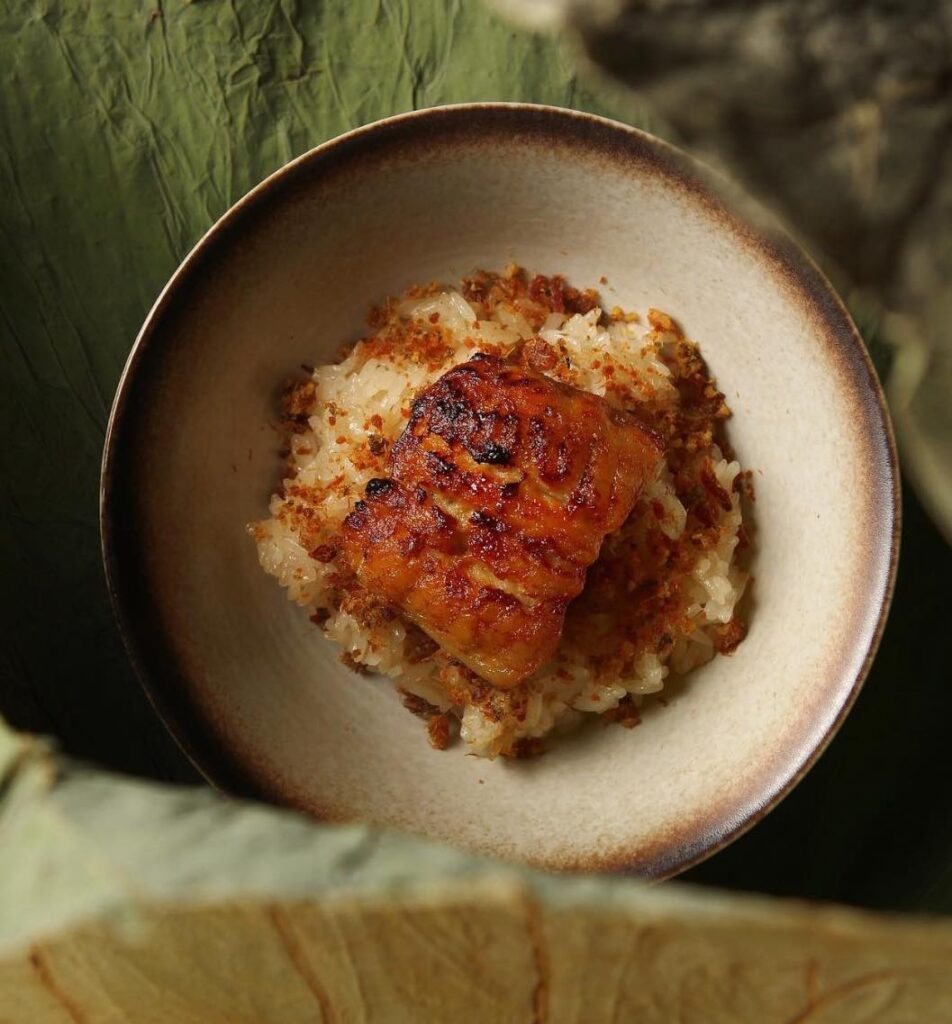
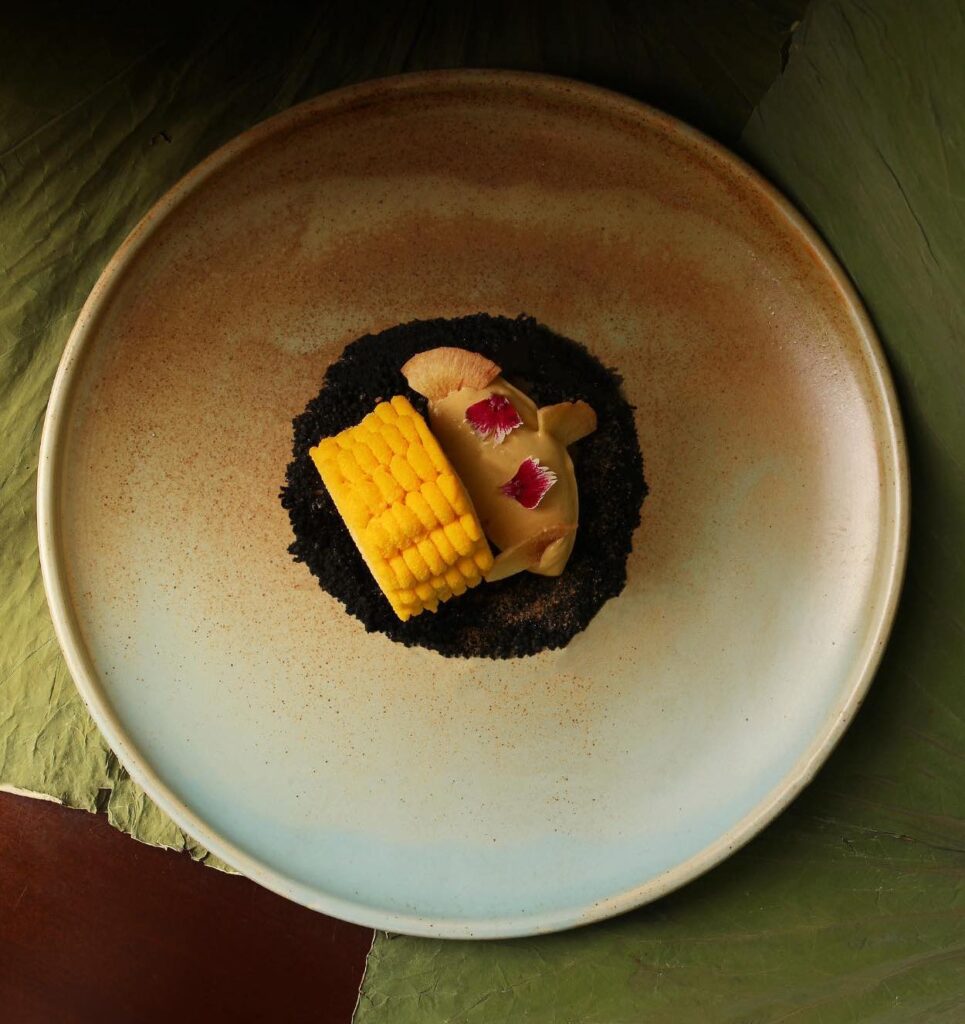
Perhaps the most striking thing we’ve eaten here was a pheasant dish from last year that was really a rice dish; a celebration of Hanoi’s young green rice (‘com’), a delicacy only available in autumn. Fragile – transient, even – and chewy, it came alongside a puck of tender pheasant meat, its wine-marinated egg, and a bowl of bitter soup to pull everything together. It was a dish of real complexity, speaking of time and place poetically. You wouldn’t want to be anywhere else in the world eating this.
Whatever time of year you’re visiting, you’ll want to go for the drinks pairing. This is complex, sophisticated food that needs a judicious touch with its accompanying drinks, and this is a flight that walks a fine balance between adventurous and accessible – local rice wine sits alongside natural wines and tea infusions, all there to serve the menu, bringing out the best in each dish.
At 1,800,000 VND (about £52) for the lunchtime tasting menu and 2,500,000 (£72) for dinner, Gia isn’t just one of the best fine dining options in Hanoi – it’s also remarkably good value in terms of just about any Michelin-starred restaurant meal worldwide. Booking in advance is strongly recommended.
Address: 61 Van Mieu Street, Dong Da District, Hanoi
Website: gia-hanoi.com
Le Beaulieu, Hoan Kiem
Ideal for indulgent, old-school French cuisine in Belle époque surroundings…
Sometimes, only old-school glamour will do, and there’s nowhere more gloriously ensconced in its time-capsule than Le Beaulieu at Hanoi’s iconic Metropole. Operating in its current space since 1901, it’s believed to be Vietnam’s oldest continually operating restaurant, but there’s no musty aroma and sense of decay here.
The interior has evolved with the times, recently renovated to blend the hotel’s storied past with a more contemporary style through white, gold, and heathery blue-gray palettes, velvet banquettes and crystal chandeliers. It all makes you fondle your wallet and wonder if you should leave it untouched and untroubled, but something draws you in. It’s impossible to resist, a special feeling from the moment you tentatively walk in – the kind of place where you half expect to bump into Graham Greene nursing a martini in the corner. If he hadn’t, erm, been dead for 30 years…
Anyway, at Le Beaulieu, classically trained chefs maintain the restaurant’s century-old reputation for exceptional French haute cuisine with subtle Vietnamese influences (a little Phu Quoc pepper here, a sprinkling of rau ram there) lightening the load and keeping things feeling just a touch more contemporary. The house-cured kingfish with gueridon service – set alight in front of diners – is a theatrical treat, while the classic lobster bisque (prepared using a 100-year-old recipe and, again, flambeed tableside) is rich, decadent and utterly transportive. Is anything not flaming in the name of showmanship here?
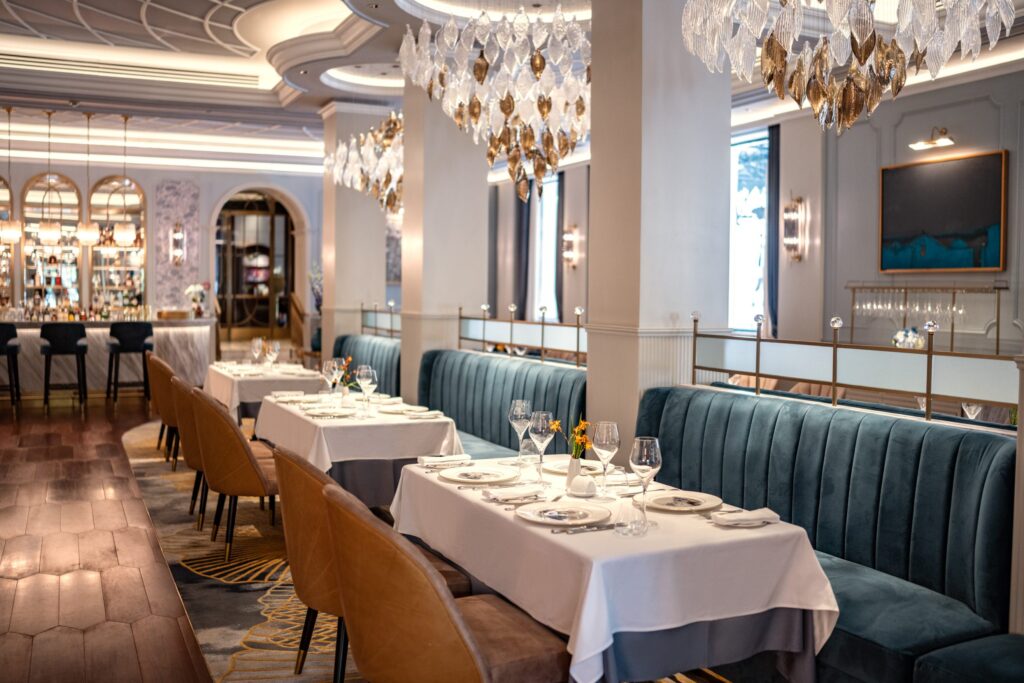
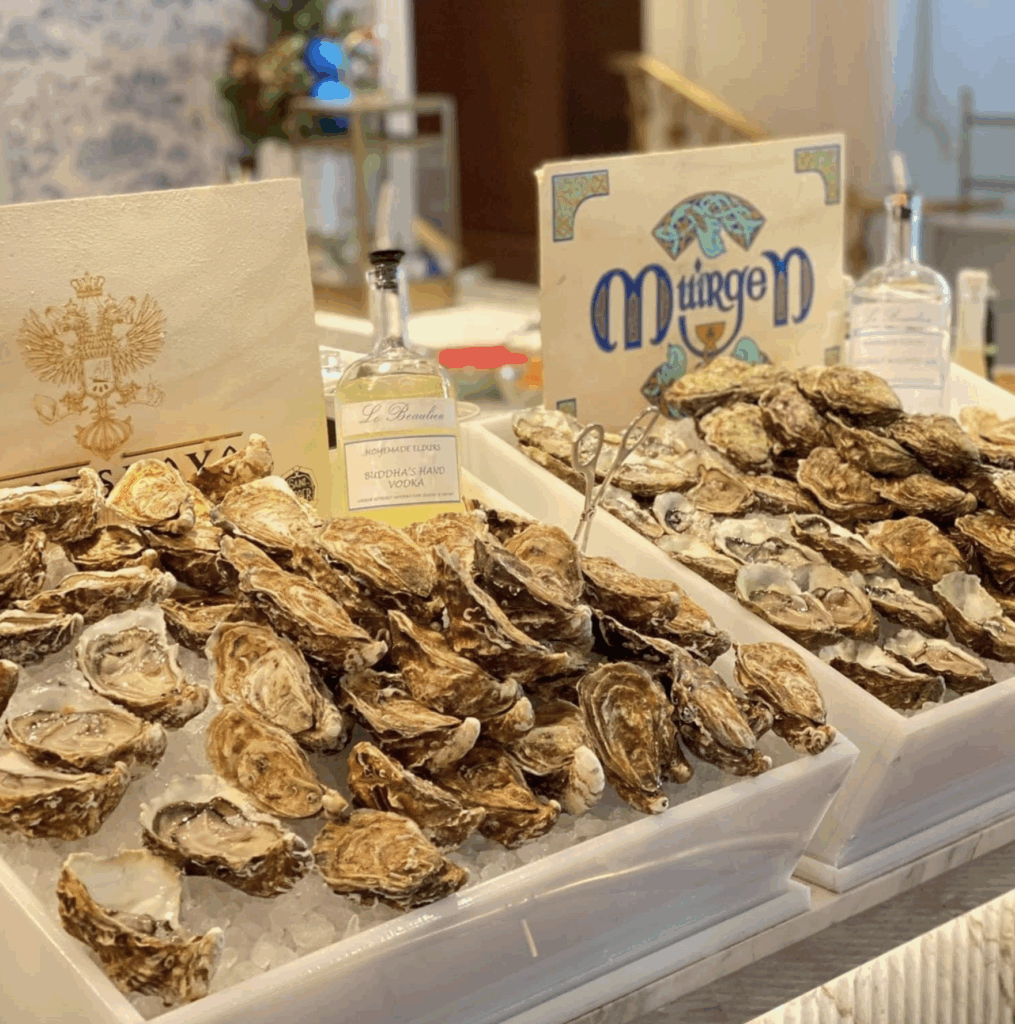
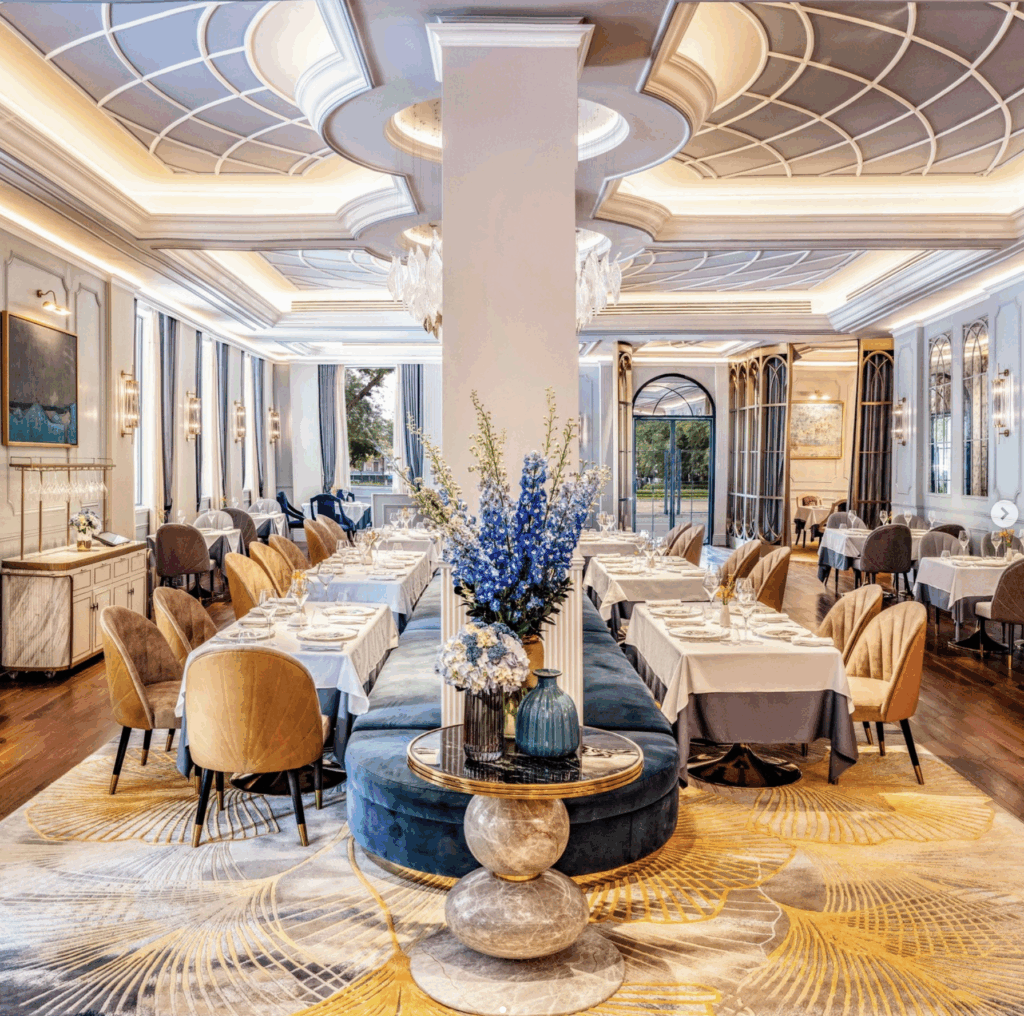
Le Beaulieu certainly isn’t cheap; you’ll pay a similar amount for a main course from the a la carte as you will across town at Gia for an entire tasting menu (the tournedos rossini, complete with black truffle and foie gras, is a cool 3 million VND), but hey; you’re paying for a certain gesture here, a certain sense of accord in the dining room that’s a million miles away from Hanoi’s supercharged streets.
You’re paying to get the run of one of Hanoi’s most extensive wine collections too, featuring more than 600 labels and 1,600 bottles, including over 100 Grand Cru Classés. The sommelier knows her stuff and isn’t afraid to recommend something unexpected – a recent pairing of côte de boeuf with a robust Vacqueyras rather than the usual Bordeaux was inspired.
Sunday brunch here has become something of an institution among Hanoi’s well-heeled locals and slightly less well-heeled but equally extravagant expats – the champagne flows freely and the seafood tower alone is kinda worth the 2,500,000 VND (£80) price tag. That’s before you even consider the foie gras, bottomless lobster bisque, Serrano ham and decadent desserts. It’s a lot, but you did say you were after a ‘special occasion’ kind of place, didn’t you?
Address: 15 Ngo Quyen Street, Hoan Kiem District, Hanoi
Website: sofitel-legend-metropole-hanoi.com
Hibana by Koki, Hoan Kiem
Ideal for watching Japanese teppanyaki mastery up close…
Totally disparate to Hanoi’s street food and shophouses is a whole other rarified dining scene that operates in hushed tones from behind thick, claret curtains in the city’s 5 star hotels. Here, high end omakase and teppanyaki is served to almost exclusively Japanese office workers dining solo, all with hushed reverence. Sometimes, in a city that is so relentlessly noisy and at times stiflingly polluted, it’s exactly what you need.
Hibana by Koki, in the cellar of the Capella hotel, feels a bit like being in the womb – warm, dark, and peaceful. Except in this prenatal state, your mother is apparently consuming copious amounts of sea urchin and Hokkaido crab. It’s a moment of luxurious tranquility before you’re sent back, crying and screaming, into Hanoi’s beautiful chaos.
The only non-Vietnamese establishment to receive a Michelin star in Hanoi, Hibana by Koki delivers a theatrical teppanyaki experience that’s as much performance as dining. This exclusive 14-seat counter dining experience is where quiet, contemplative dining operates at its most indulgent. Under the creative direction of chef Junichi Yoshida (the first chef to receive a Michelin star for a teppanyaki restaurant in Tokyo) and executed by resident head chef Hiroshi Yamaguchi, the restaurant serves precise grilled dishes with a clarity and complexity quite removed from Hanoi’s other fine dining establishments.
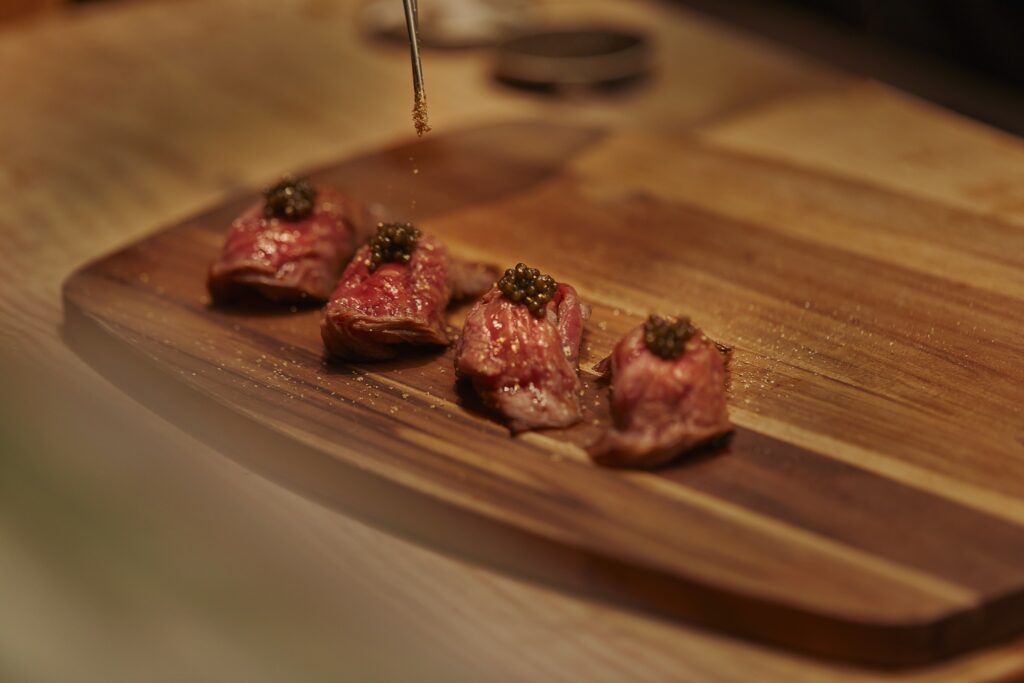
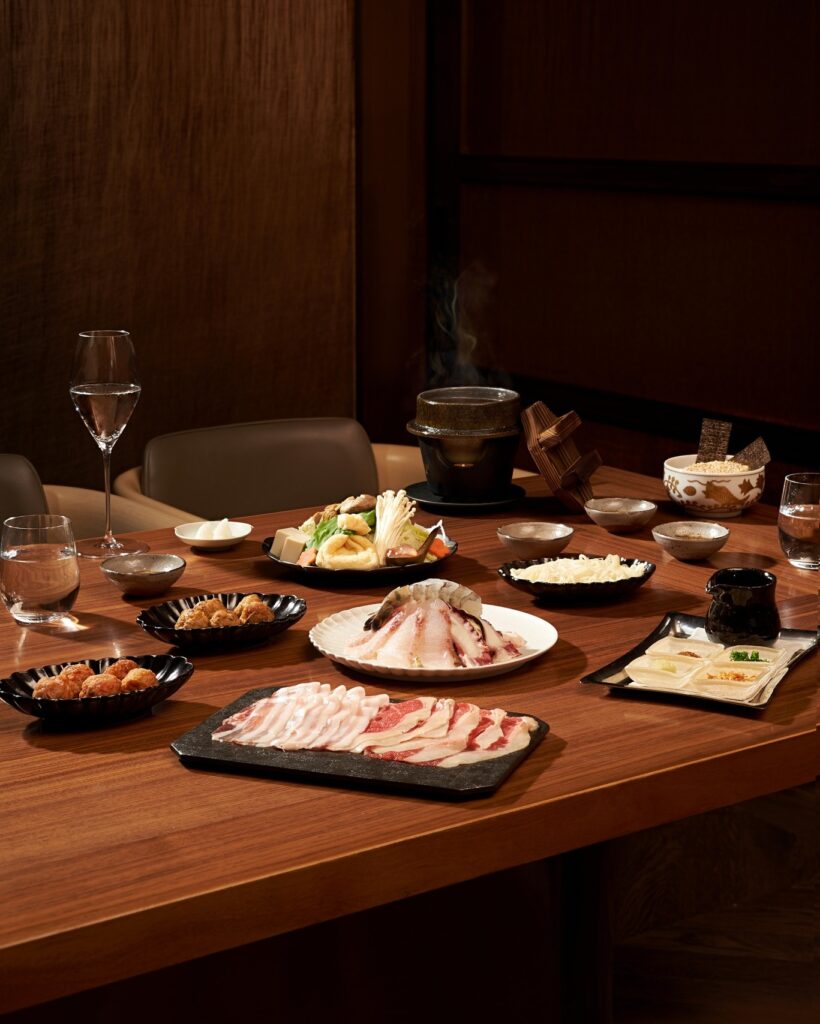


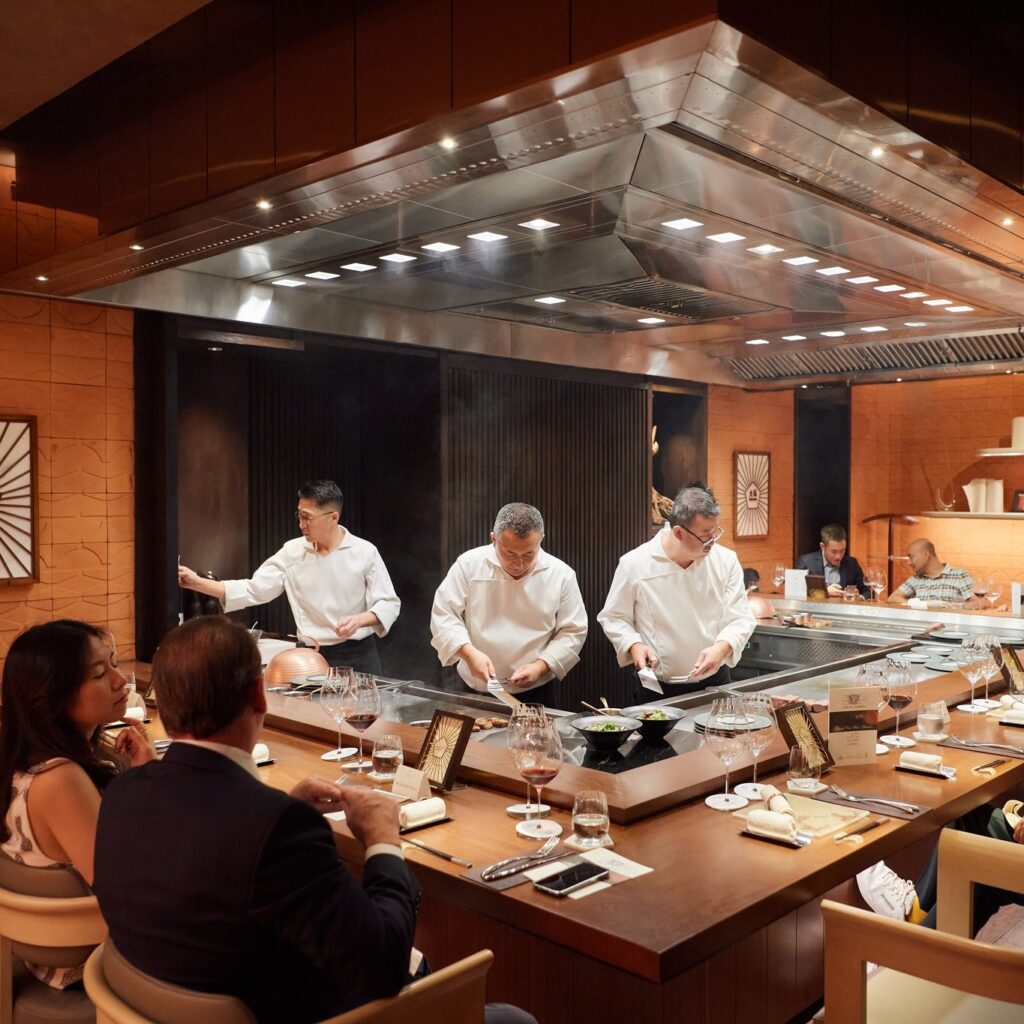
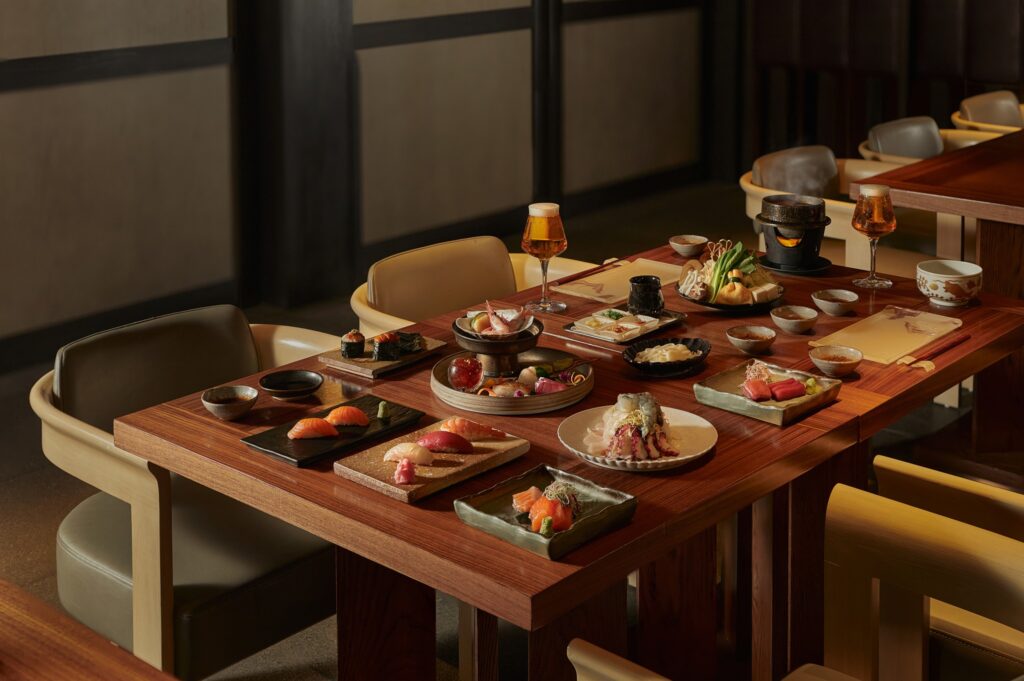
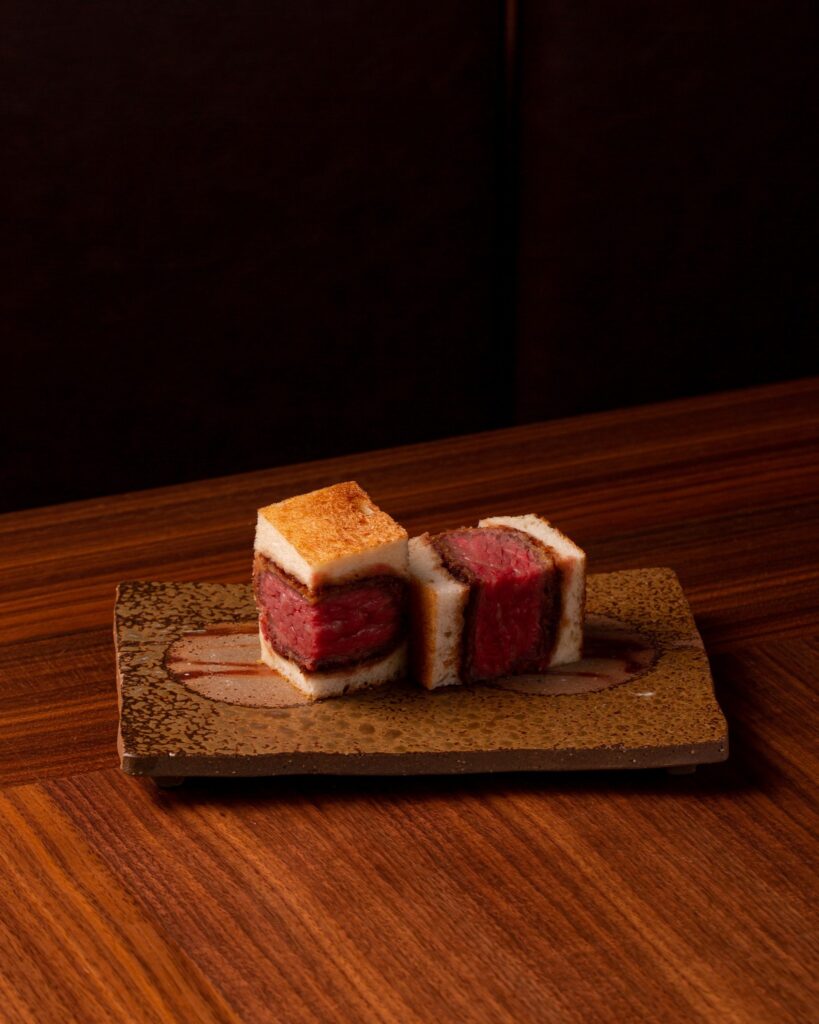
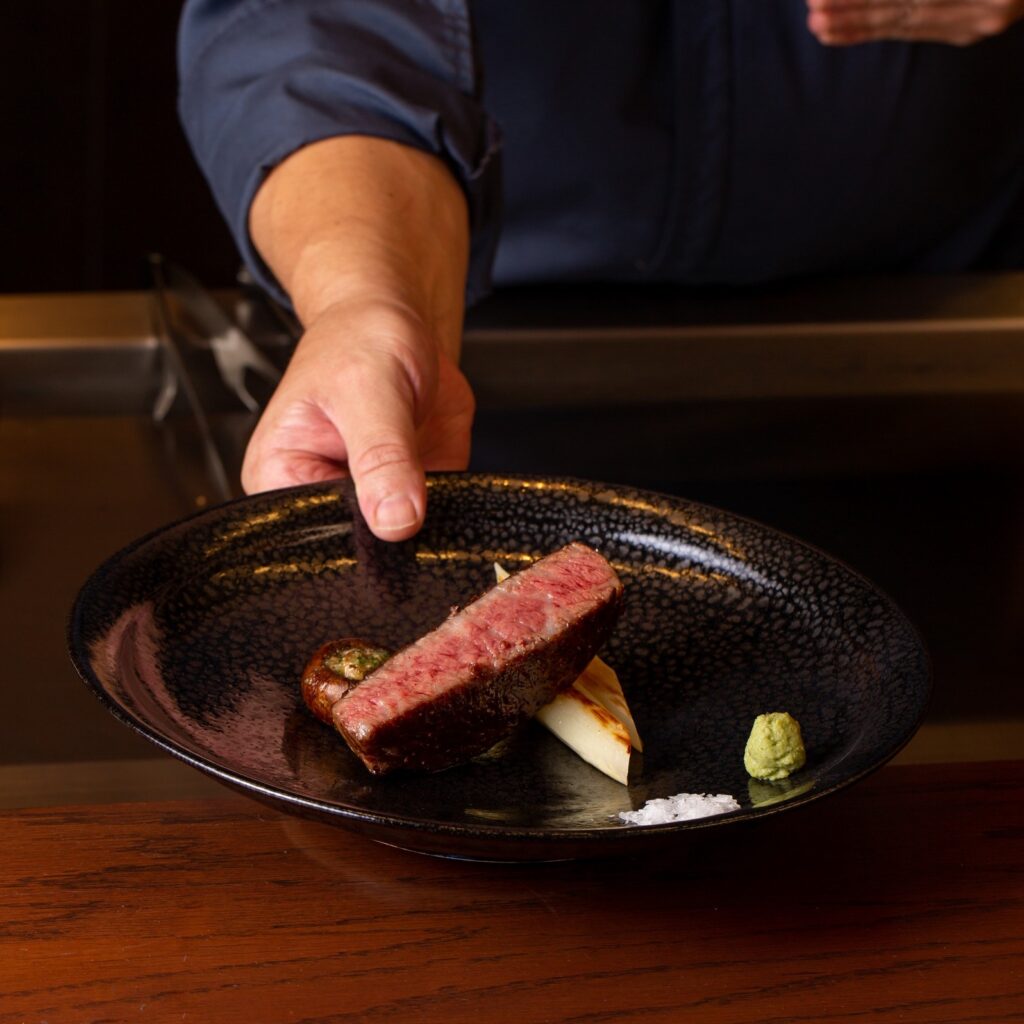
Indeed, if Le Beaulieu was all about big flames licking up tableside as cream and brandy embark on a hot romance, Hibana is much more demure. Premium Yaeyama Kyori beef from Okinawa’s Ishigaki Island, exclusively imported for the restaurant, cooks gently on the grill, almost purring when it’s ready for its final reverse sear as that initial sizzle dies down. The chefs intuitively know when it’s done, the tender, marbled cuts caressed to chopping board in a plume of smoke and sliced with the kind of long, elegant strokes reserved for Renaissance sculptors admiring their muses – deliberate, venerating, and even a touch sensual in their precision.
Seasonal seafood specialties are equally impressive – the spiny lobster and aforementioned Hokkaido hairy crab are flown in twice weekly from Japan, ensuring peak freshness. Or, at least, the closest to peak you can hope for from ingredients sourced some 3,000 miles away.
The sake selection is exceptional, including several rare bottles not found elsewhere in Vietnam. There’s wine too, but we really wouldn’t – and you really shouldn’t – here. This is sake sipping territory, no further discussion needed.
Be prepared for an investment – multi-course teppanyaki menus range from 3,000,000 to around 6,000,000 VND (£90 to £180) per person – but for a special celebration (make it a date, this is sensual stuff), this intimate Japanese experience is unmatched in Hanoi.
Almost as impressive is the sister operation Izakaya by Koki, which does superb Kobe beef sushi, and an eminently affordable Shabu Shabu set, featuring a collection of six plates and three delicious broths. Yours for just 980,000 VND (£28).
Address: Capella Hanoi, 11 Le Phung Hieu Street, Hoan Kiem District, Hanoi
Website: capellahotels.com
La Badiane, Hoan Kiem
Ideal for sophisticated French-Vietnamese fusion in an attractive villa…
Set in a restored whitewashed, historic French villa centred around a convivial central courtyard, La Badiane (French for ‘star anise’) is a proper stalwart of Hanoi’s fine dining scene, having been open for almost 20 years. In ‘Hanoi fancy restaurant’ terms, that’s a lifetime.
Founded by chef Benjamin Rascalou, who trained at prestigious establishments in France including Lutetia, L’Alcazar, and Le Taillevent in Paris, the restaurant boasts an open-sky corridor lined with lush vegetation, white walls with vivid colour accents, and a black and white tiled floor that make you feel like you’re part of a human chessboard, perhaps, but also that you’re the king.
The menu here is proudly fusion (a rare thing indeed), with French techniques sharing the table with herbs and spices from further afield. A spice jar sits in the centre of each table, just to hammer home the point.
At its best, La Badiane’s dishes manage to straddle the familiar and the surprising. The beef carpaccio with pomelo, wasabi, ginger and parmesan may sound challenging, but it actually works well, while the pan-seared foie gras with cocoa bean sauce again demonstrates the chef’s willingness to take creative risks that largely pay off.
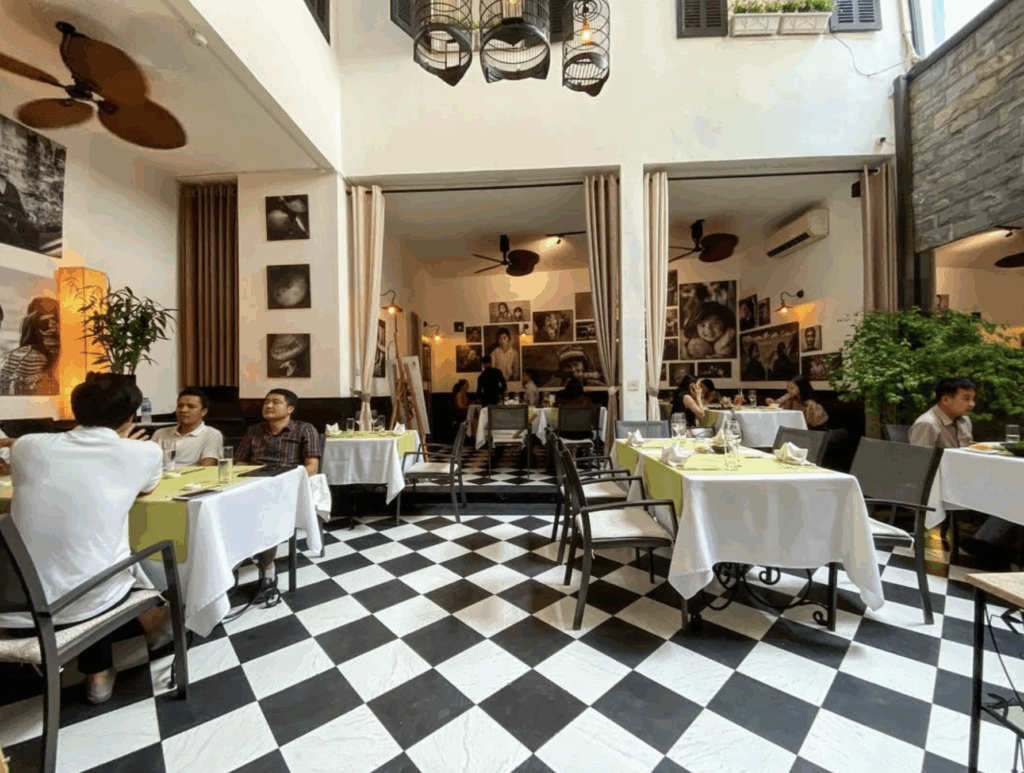
The wine list is predominantly French, with several excellent by-the-glass options that won’t break the bank (this is all relatively speaking, in a city where a fresh roadside beer clocks it at 20p). The house red, a juicy, medium-bodied Cotes du Rhone, is remarkably good value at around 180,000 VND (£6) per glass, and pairs well with a sometimes unpredictable, tough-to-pin-down menu.
Whatever your thoughts on fusion, you’ve got to respect the mileage here. Nearing 20 years in operation, La Badiane has consistently maintained its reputation for its skilful marriage of French and East Asian culinary traditions.
Address: 10 Nam Ngu Street, Hoan Kiem District, Hanoi
Website: facebook.com/labadiane
Kappou Ishida, Tay Ho (West Lake)
Ideal for experiencing rare Japanese delicacies including fugu…
For a truly special Japanese dining experience that goes beyond sushi and intricately marbled beef, Kappou Ishida offers a serene retreat along Hanoi’s West Lake. The main man behind the operation, Takahiro Ishida, is not only a skilled Japanese chef and certified sake sommelier, but also holds a rare certification in puffer fish processing, making this one of the only restaurants in Vietnam certified to serve fugu. Is there anything this man can’t do?
A peaceful Koi pond at the entrance ushers you in to a brightly lit but mellow, cedar wood-wrapped room. It all feels aimed at whisking diners away to Japan, but we’re perfectly happy being here, in the tranquil setting overlooking West Lake – Hanoi’s most serene part of town. It makes for a perfect special occasion destination, particularly at sunset when the view becomes truly magical.
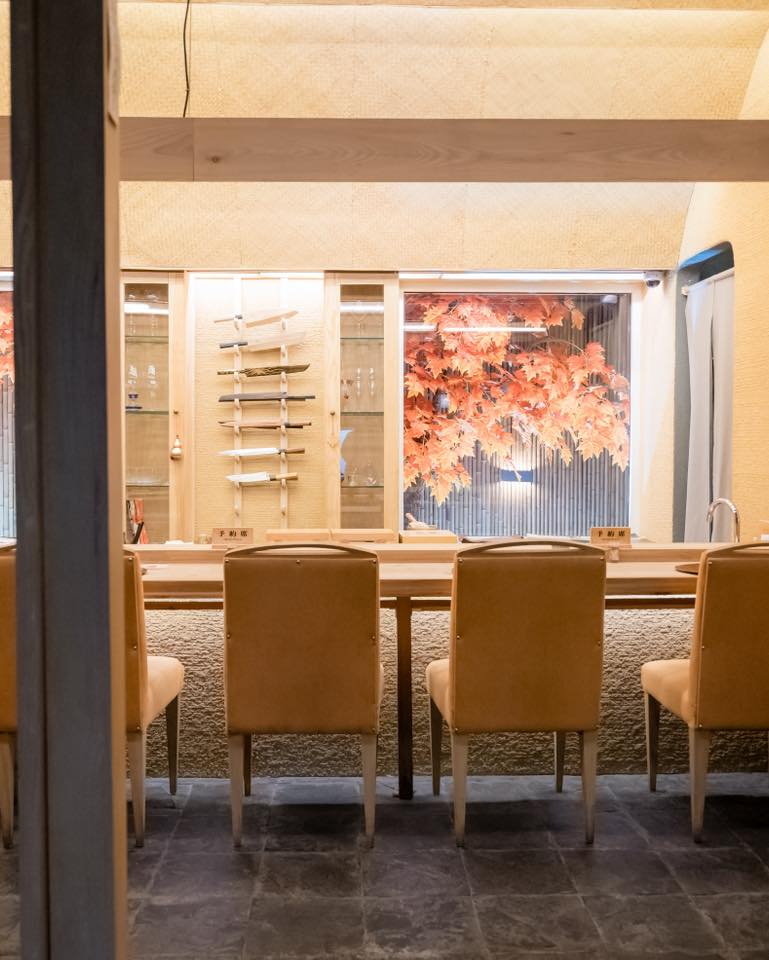
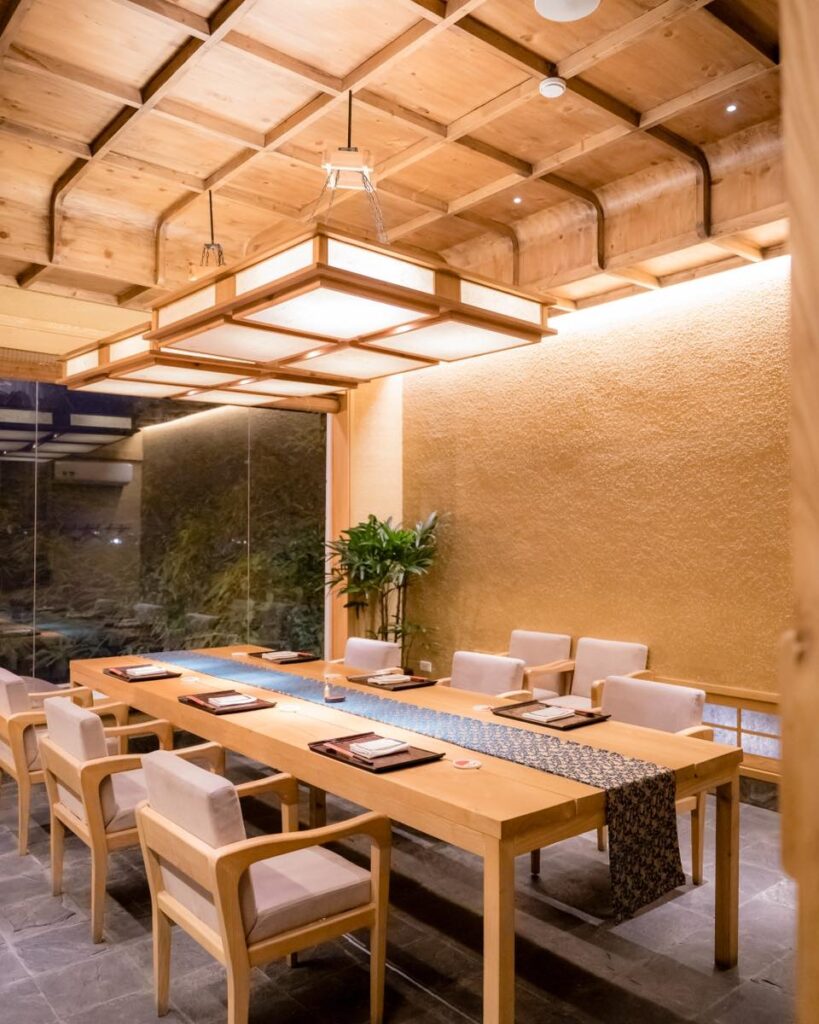
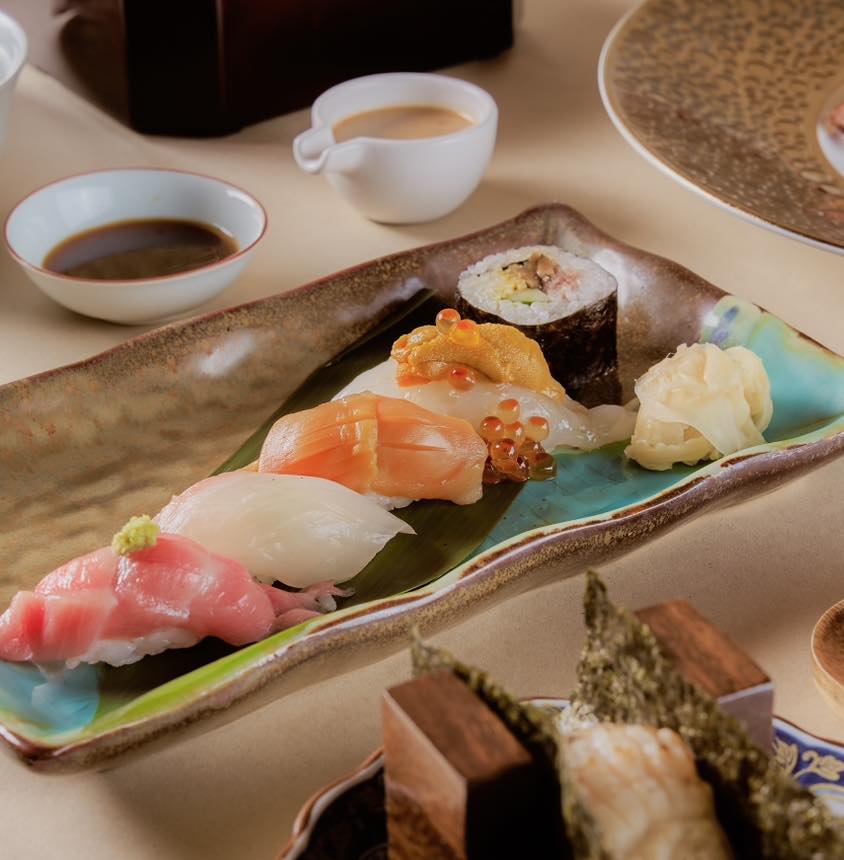
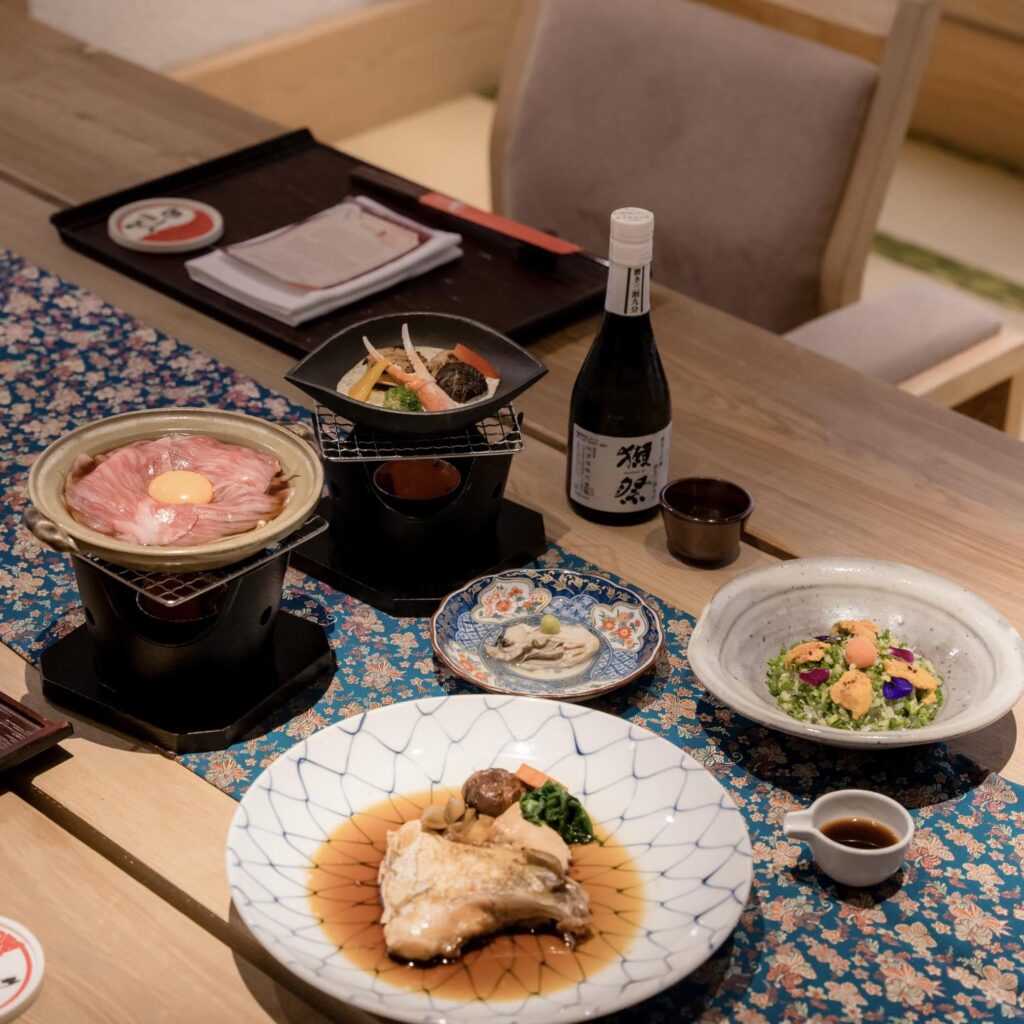
The omakase sets offer the best introduction to chef Ishida’s philosophy, featuring everything from delicate sashimi preparations to grilled specialties. While the fugu preparation is certainly the headline attraction for the culinarily curious, don’t overlook other specialties like the grilled eel rice or the uni (sea urchin) dishes that highlight Ishida’s deft touch with luxury ingredients.
The sake selection is, unsurprisingly given the chef’s accreditation in the field, exceptional, with Ishida happy to recommend pairings that bring real life and vitality to each course. You’ll find everything from crisp, dry junmai to richer, more complex daiginjo varieties, served at precisely the right temperature.
Omakase sets range from 1,500,000 to 3,500,000 VND (£50 to £110), with prices varying based on how poisonous (only messing) the ingredients are. Advance booking is recommended.
Address: 15A Nguyen Dinh Thi, Tay Ho District, Hanoi
Website: kappouhanoi.com
John Anthony Cantonese Grill & Dim Sum, Nam Tu Liem
Ideal for Cantonese culinary tradition told through a contemporary lens…
Named after the first Chinese man naturalised as a British citizen in 1805, John Anthony tells a story of cultural exchange that feels particularly pertinent in this increasingly cosmopolitan corner of Hanoi. Part of the JW Marriott and overlooking Me Tri lake, the restaurant occupies that rare sweet spot where hotel dining transcends its typically soulless reputation into something genuinely special. Something grounded, even.
The bright, airy dining room is defined by enormous floor-to-ceiling windows that flood the space with natural light during the day, while strategically placed wall paintings reference the spice routes that form the conceptual foundation of the restaurant. Balancing the contemporary and deeply connected to Chinese tradition, there’s a certain yin-yang balance at play here, in the room and on the plate.
Chef Wong Chi Ming, whose 30-year culinary journey began at age 16, brings a concept that respects Cantonese fundamentals while embracing subtle innovation through judicious use of dry spices, the star anises, cloves, cinnamons and more already beloved of the Vietnamese palate finding a natural home here. This isn’t fusion cooking – it’s heritage Cantonese considered through a respectfully modern lens.
Ming’s team operates with the kind of quiet precision that makes complex techniques appear effortless, particularly visible during dim sum service when bamboo steamers arrive in synchronised waves. The unquestioned star of the menu is the 42-day roasted Peking duck (VND 1,500,000), prepared in what management proudly proclaims is ‘Hanoi’s first wood stone duck oven.’ This specialised equipment, installed specifically for their signature dish, creates the optimal environment for the 24-hour roasting process. The result is transcendent-skin that’s lacquered and crisp as glass, meat that’s tender and rich with just enough gaminess to remind you that you’re eating something special, something that’s lived.
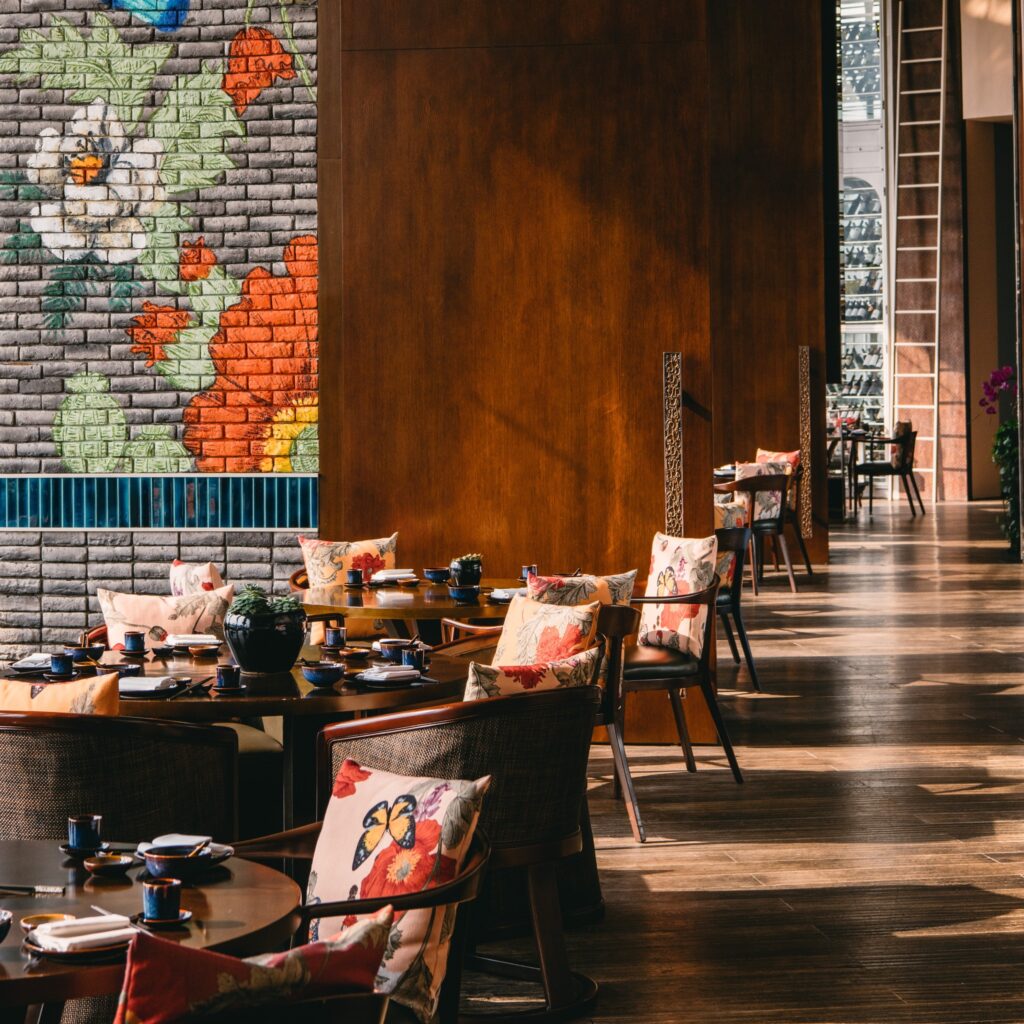

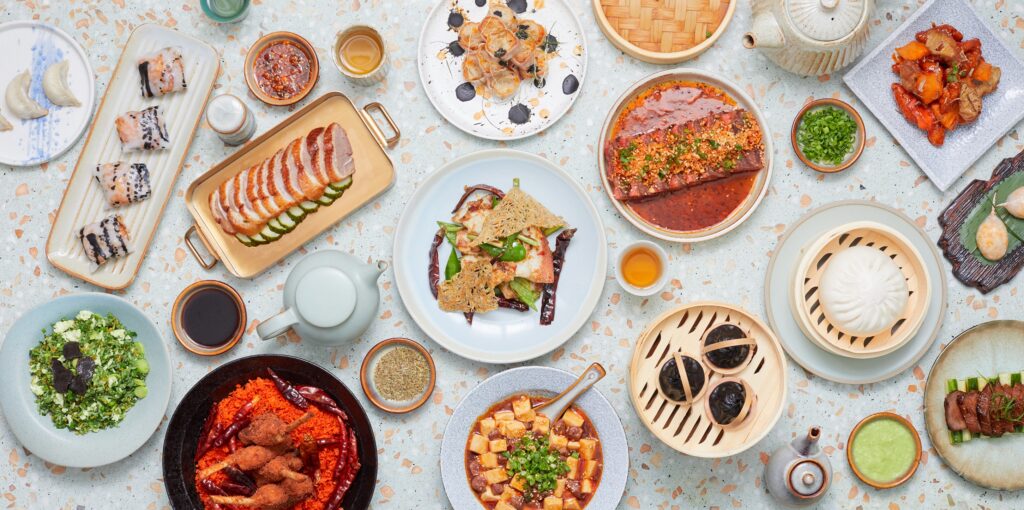
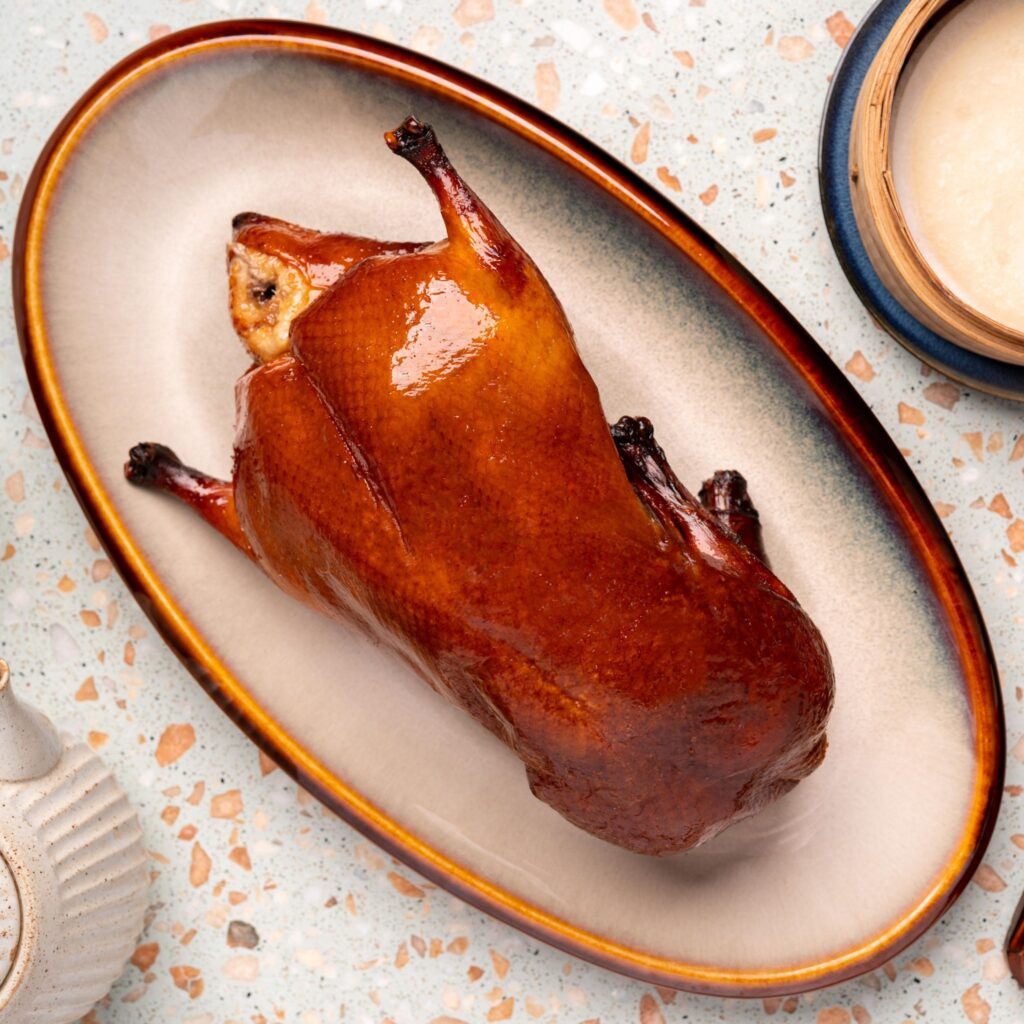
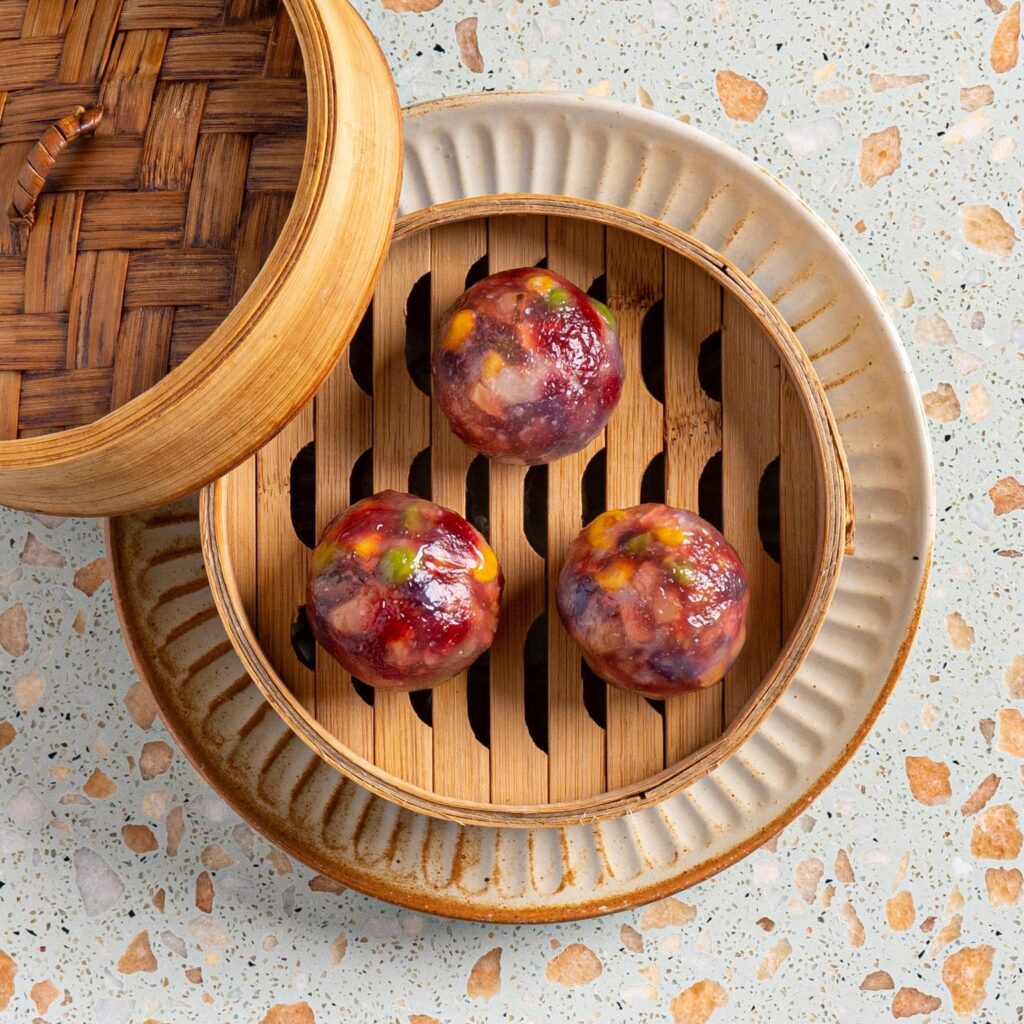
Beyond the usual accompaniments (julienne of spring onion, pancakes, gently gloopy black sauce, we’re looking at all of you), the restaurant offers a house-made black pepper (Phu Quoc, naturally) sauce and five-spice seasoning that puts the John Anthony stamp on the whole thing.
Don’t stop there. Chef Wong’s pork belly char siu showcases classical Hong Kong technique with a caramelised exterior giving way to tender meat. Even better is the braised fresh abalone with chicken, the kind of ‘high-low’ posturing that’s massive in UK fine dining right now but is realised so much more succinctly here.
There’s a premium dim sum menu at lunch, too, which is perhaps the best in the city when the light is shimmering off Me Tri just right. Ranging from 100,000 (£3) to 400,000 VND (£11.50) a portion, it features a roll call of luxurious ingredients, including caviar, black truffle and crab claw. On our last visit, we were particularly wowed with an indulgent single shard of crispy Peking duck skin topped with grilled foie gras. It was as good as it sounds. As in, absolutely fucking ambrosial.
As is often the way with a kitchen finely tuned in the ways of dim sum, the pastry section at John Anthony keeps things both playful and refined. Refreshing, fruit-forward Cantonese desserts like wolfberry and osmanthus jelly, or fresh mango cream with sago and pomelo, both offer a cleansing finish to a meal that got a little carried away with its opulence, quite frankly (yes, we did order four or five of those duck skin shards).
Come during Tet celebrations for their striking Nian Gao, a fish-shaped sticky rice cake symbolising prosperity. This auspicious orange-red delicacy, adorned with gold leaf, combines glutinous rice flour and brown sugar into a sweet, chewy treat. More than just dessert, it embodies wishes for abundance in the year ahead-perfectly aligned with John Anthony’s elegant approach to Cantonese tradition. Just don’t let the little guy jump off your plate and into the nearby lake, or those good omens for the year might be up for debate.
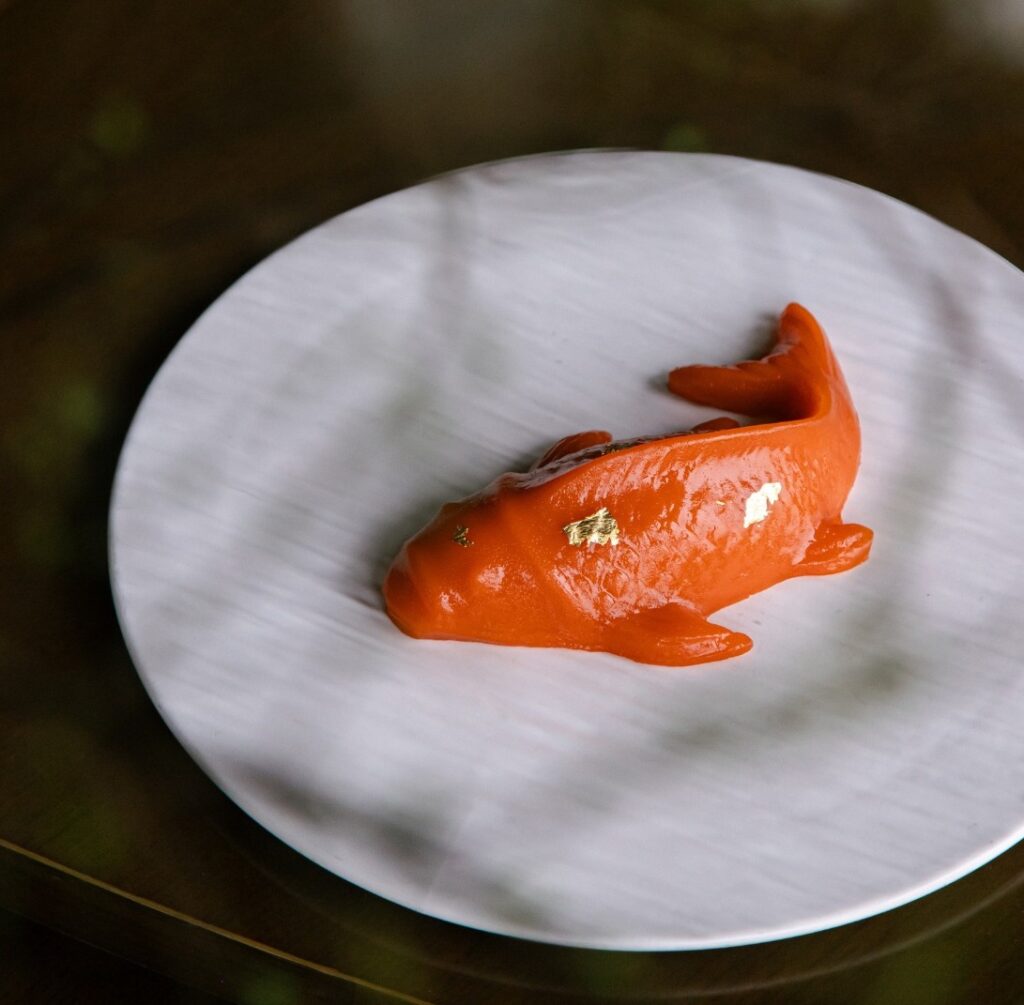
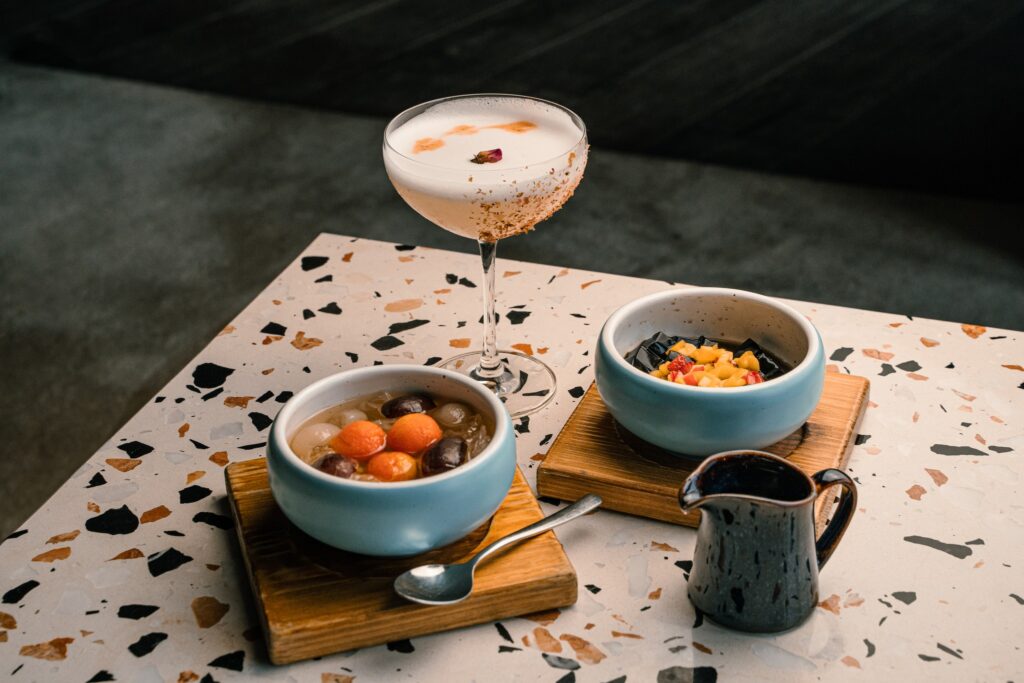
Perhaps the most surprising element at John Anthony (even more so than a dessert threatening to leap off your plate) is the distinctive gin bar dominating one side of the restaurant. The ‘ginstronomy’ concept – pairing gin with food – feels finely tuned rather than gimmicky, a little nod to the namesake’s British heritage. House-infused gins showcase various botanicals from the historical Spice Route, with customised G and Ts that bring complexity to the Cantonese flavours here in unexpected ways.
One of Hanoi’s most premiumly-priced spots, John Anthony isn’t an everyday indulgence, but the exceptional duck alone justifies the splurge. Book a lake-view table for sunset, settle in with a gin infusion, and prepare for Cantonese dining that respects tradition while embracing the contemporary spirit of Hanoi’s evolving culinary landscape. Sometimes, it’s a real joy to be part of it.
Address: JW Marriott Hanoi Hotel, 8 Do Duc Duc Road, Nam Tu Liem District, Hanoi
Website: johnanthony.vn
El Gaucho Argentinian Steakhouse, Hoam Kiem
Ideal for satisfying primal urges in a handsome space…
Some nights in Hanoi, after days of delicate herb-infused broths and precision-crafted spring rolls, you find yourself craving something altogether more primal. A proper steak. Something hefty, aggressively seasoned, and cooked over fire. When that carnivorous clarion call becomes too deafening to ignore, your local bit tet just ain’t gonna do it. Instead, El Gaucho scratches the itch with uncompromising Argentinian swagger. And, we’re pleased to report, no bodacious cowboys in spangled leather ponchos…
Occupying a handsome two-floor building on the border of Hoan Kiem and the French Quarter, the steakhouse has transformed this Opera House-adjacent location into a little corner of Buenos Aires. The design balances industrial touches-exposed brickwork and concrete floors, vintage incandescent bulbs suspended above the generously stocked bar, illuminating your next drink order. Black and white photographs referencing Argentina’s pioneering history adorn the walls, and the unmistakable scent of grilling meat offers a suave backdrop that has you wishing you’d worn a brown suit and were nursing a cigar, for some reason.
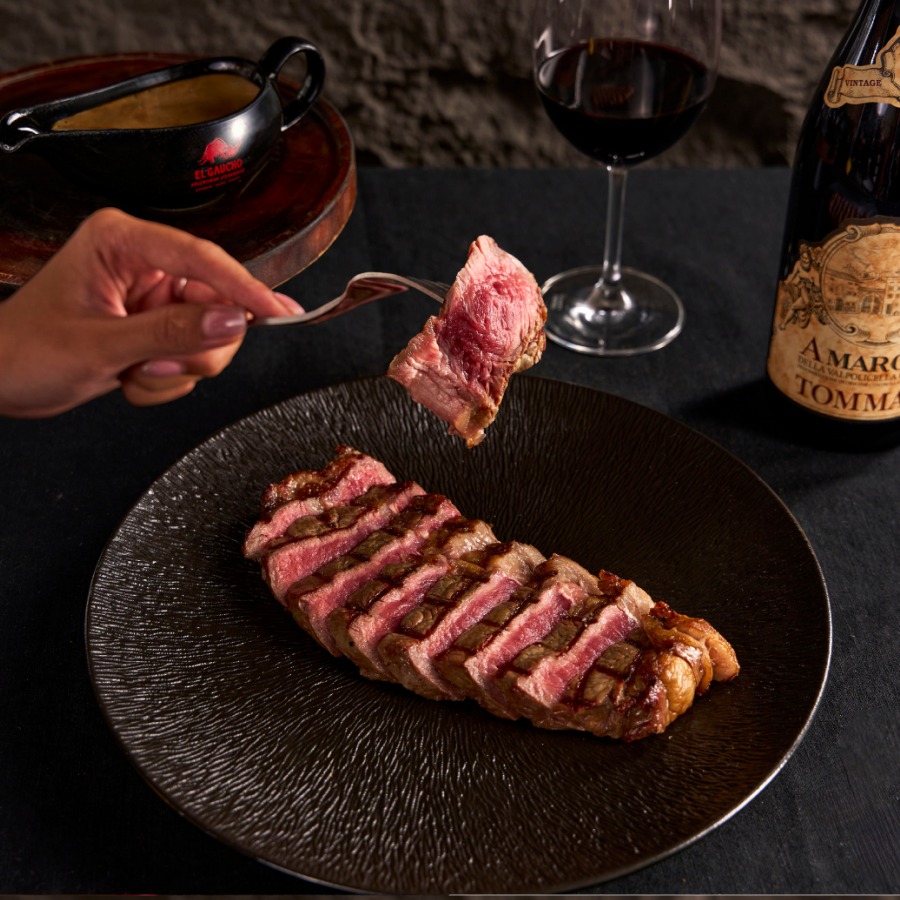
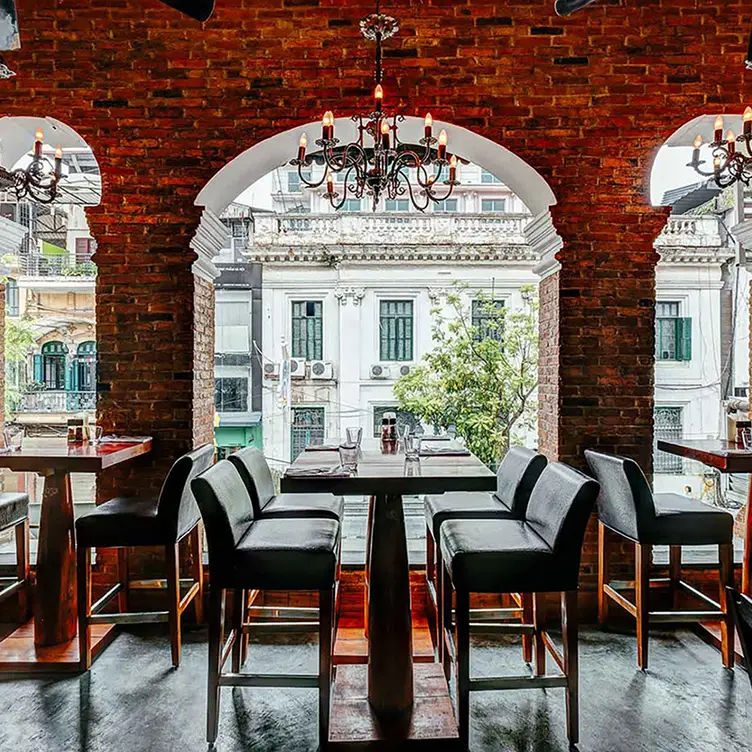
A glass-fronted, refrigerated counter near the entrance displays various cuts in the midst of dry-ageing, setting the tone immediately (there’s a butcher’s on site too, if you prefer to cook your steak at home on a low-powered single-hob induction). El Gaucho’s charcoal grill serves as a visual centrepiece, with the kitchen team operating with the kind of casual expertise that comes from preparing thousands of steaks to precise, sometimes pernickety specification.
Owner David Timm, who flies weekly between locations across Asia to maintain quality control, has built El Gaucho on a refreshingly simple ethos: “No sauces, not a lot of seasoning, just a little rock salt and a great piece of beef.”
The restaurant sources approximately 7,000 kilos of beef monthly for their Hanoi locations, bringing in certified organic, corn-fed beef from the United States and grass-fed cattle from Australia, particularly from selected farms in Victoria and New South Wales.
The menu offers a comprehensive tour of premium cuts, from butter-soft filet mignon to the dramatic, bone-in Tomahawk, ready for Flintstone-esque wielding and gnawing. Their wet-aging process, conducted on-site for approximately four weeks in vacuum-sealed bags, sounds a bit sweaty, but they’ve obviously thought it through. It pays off with a comprehensively barked steak and perfect, blushing centre (if that’s what you want, of course; you could ask for yours well done, in theory).
It feels almost perfunctory – performative, even – to order starters at such a temple to steak; an unnecessary filler before the main event. But the provoleta – grilled provolone cheese served sizzling, given a little energy with tomato and oregano – is a fine warm-up act. The beef empanadas are textbook, too, all chalky pastry and a spiced beef mince interior that undulates with chilli heat.
There are flourishes of considerate hospitality that reconfirm this is a special occasion kind of place. The complimentary bread service arrives with roasted garlic, herb butter, and chimichurri sauce – the latter is particularly good and nicely fiery. Staff will cut meat tableside when requested, and plates are kept warm with candles placed underneath – an astute touch that ensures your last bite is as warm as your first, and none of that delicious, buttery-yellow fat is in danger of congealing.
Do we even need to say that the wine list is heavy on the Argentinian Malbecs? What is noteworthy is the remarkable diversity within this signature grape, with different regions offering vastly different drops in terms of body and depth. Explore, sure, but if you need to narrow things down (you do, that’s why you’re here), then the Alamos Malbec is dry, full-bodied and with good acidity; a unique profile that stands up beautifully to the richest cuts.
The house-signature, complimentary shot of El Caramel -a caramel-infused Belvedere vodka shot – concludes the meal. It provides a smooth, sweet conclusion that somehow perfectly encapsulates the entire El Gaucho experience: straightforward, generous, and leaving you with a warm glow.
A hefty steak will clock in at more than 1,000,000, sure, but sometimes in a city whose cuisine boasts such lightness and elegance, a big, bruising steak is well worth the investment.
Address: 11 Trang Tien Street, Hoan Kiem District, Hanoi (Opera House location)
Website: elgaucho.asia/location/hanoi
Etesia, Hoan Kiem
Ideal for wine connoisseurs seeking a front-row seat to creative Mediterranean-Vietnamese cooking…
Tucked away (genuinely, tucked away) at the edge of the Old Quarter on one of my favourite streets in the city, Lo Su, Etesia (meaning ‘summer winds’ in Greek) brings a cool, composed Mediterranean breeze to Hanoi’s contemporary European dining scene. The clever deployment of local Vietnamese ingredients feels almost obligatory this far into our guide on Hanoi’s best fine dining restaurants, but here, it’s a narrative thread that seamlessly flows through the menu, rather than something that’s clumsily shoehorned in.
The intimate 18-seat counter dining concept – it’s long, one of Vietnam’s longest in their words, which is an odd flex – places guests front and centre to witness a certain dinner-and-a-show vibe, as French executive chef Benjamin Morelle (who cut his teeth at Michelin-starred joints in Paris) and his team shake pans and artfully decorate plates. The playful pink walls, low-hanging rattan lights, and shelves adorned with empty wine bottles create something laid back that wouldn’t feel out of place in a London or Paris wine bar. Thank god we’re here instead, though, with Hanoi’s relentless charm on rolling boil just steps away.
Etesia’s sharing plates concept encourages a kind of free wheeling exploration across the menu. The ‘Perfect Egg’ with hay-smoked cauliflower cream, foie gras, croutons and black truffle shavings, is a statement dish, make no mistake, and exemplifies the kitchen’s flair for luxurious comfort, but Etesia shines brightest when cooking seafood – think tender, springy West Australian rock octopus, silky-rich Hokkaido scallops, and buttery Mediterranean black cod. Pair them with a crisp, briny, minerally Assyrtiko from the shores of Santorini and feel very smug indeed.
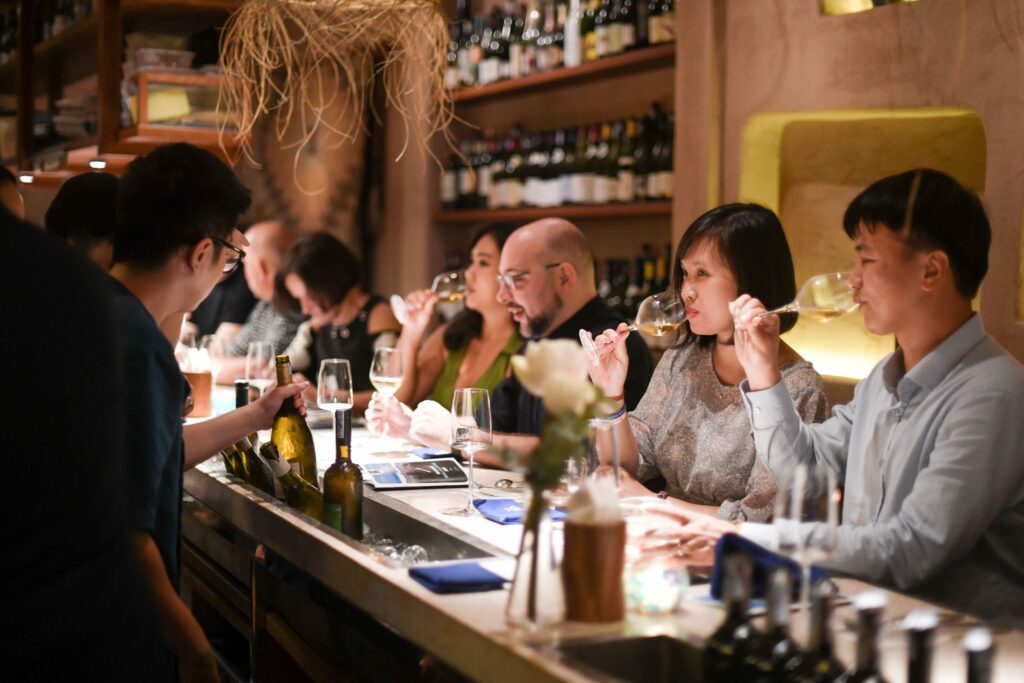
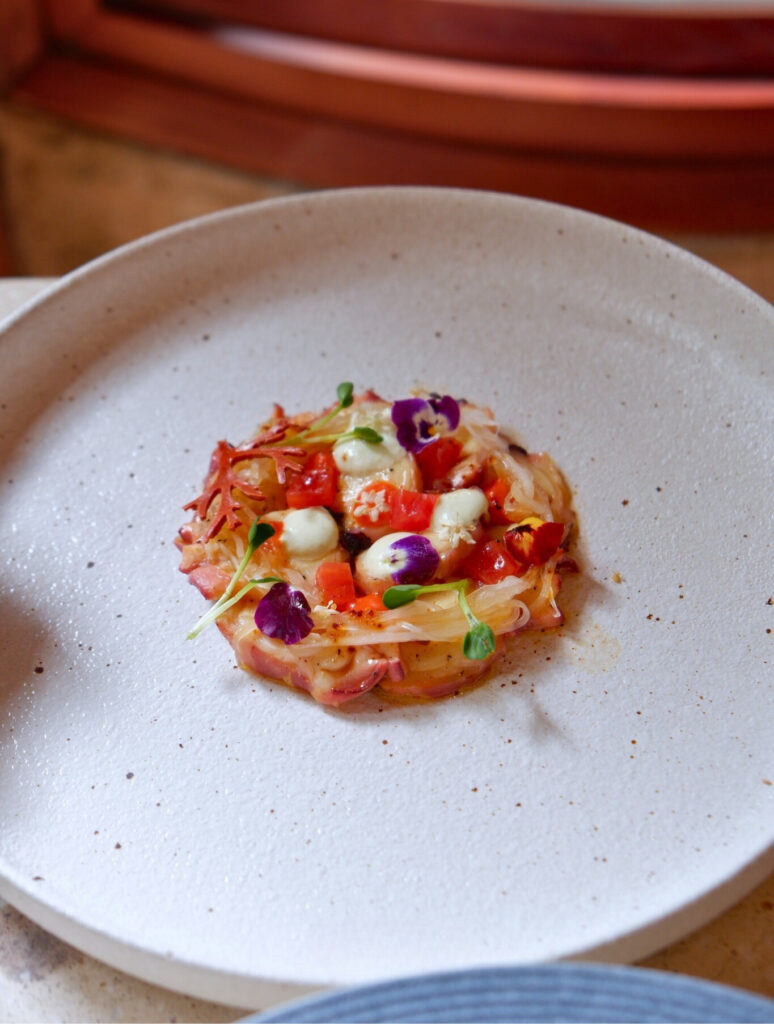
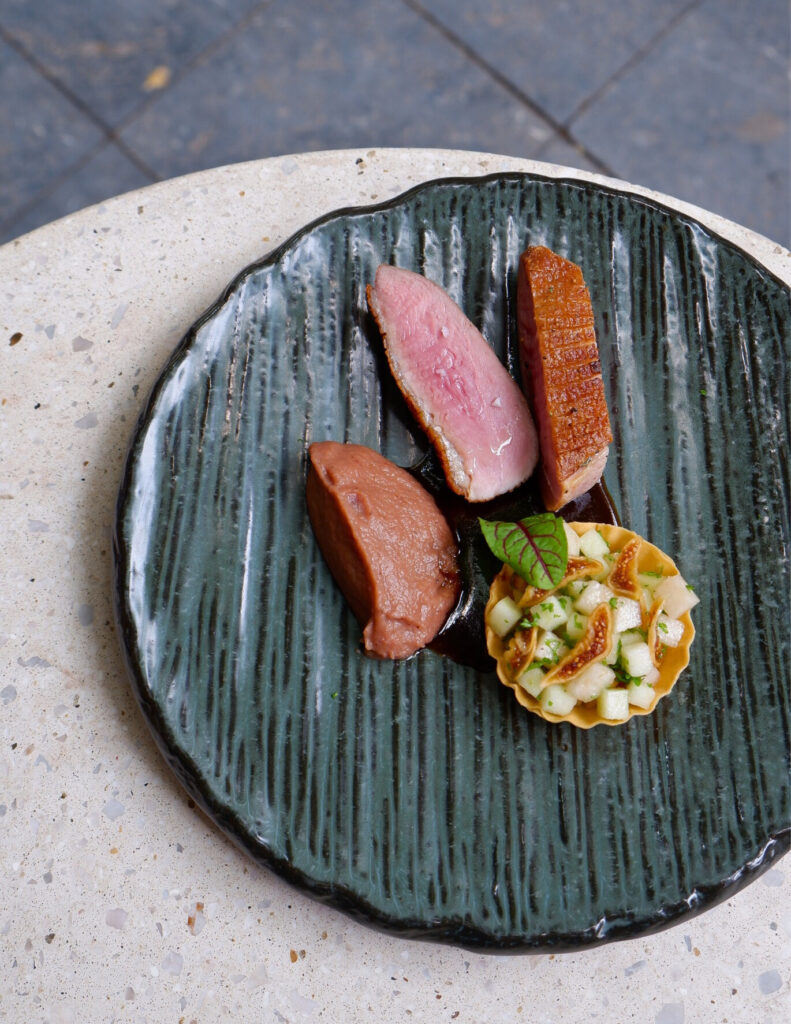
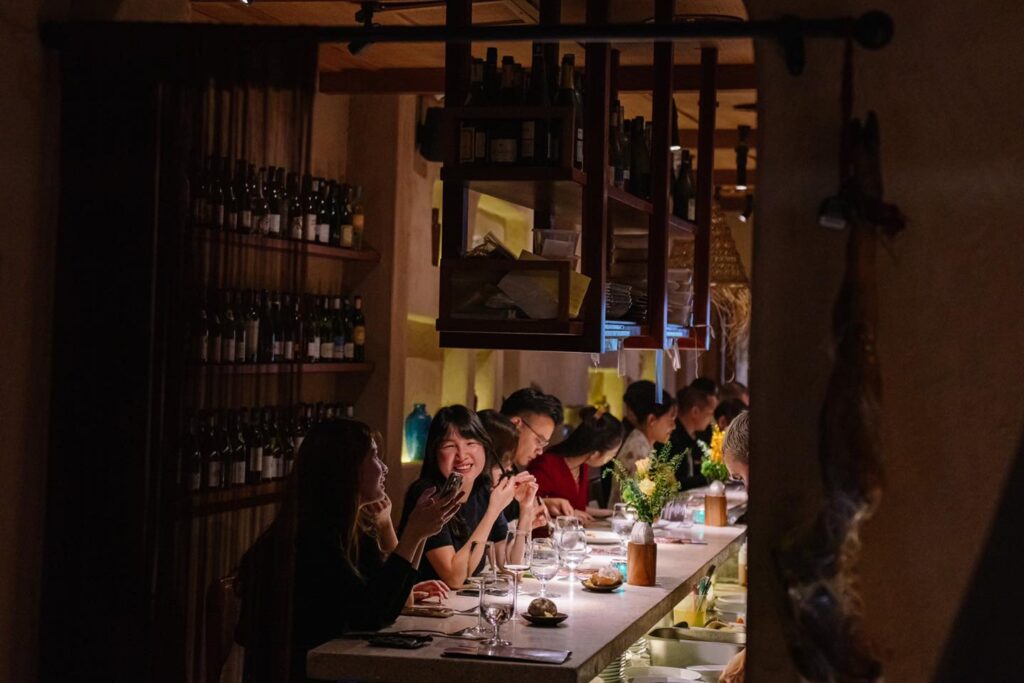
The pan-seared, perfectly pink duck breast with brown butter figs, pear purée, green apple tart and redcurrant sauce was another recent standout, the breast perfectly cooked, its skin crisp and the tart an interesting counterpoint. There’s a smooth pear purée that ties it all together, and the redcurrant sauce adds a bright, elegant finish that balances the richness of the duck without overpowering it. It’s a lot of fruit, but somehow it worked.
Perhaps the most compelling reason to visit Etesia is its drinks programme, which positions it as the ultimate wine lover’s destination in Hanoi. The comprehensive list features over 350 labels from around the world, with approximately 40 available by the glass, many preserved via the Coravin system, which you don’t often see in Vietnam, it has to be said. Old World vintages dominate, with a knowledgeable sommelier team ready to guide guests through perfect pairings.
For cocktail enthusiasts, a visit to the second-floor Bo / en Cocktail Atelier is essential. This gin parlour (inspired by London’s Natural History Museum – the ‘bo’ meaning ‘botany’ and the ‘en’ ‘entomology’) features preserved herbs and butterfly specimens on the eye, and an exceptional signature Old Fashioned with Rittenhouse Rye and house-made Tonka bean syrup in the glass. It’s certainly odd that there are two similarly-inspired speakeasies in the city, but you know what they say; you wait ages for a Natural History Museum-themed bar, and then two come along at once.
Anyway, back on the ground floor, and dishes range from around 200,000 to 600,000 VND (£6 to £18), making this a remarkably accessible fine dining experience. It’s not cheap for Hanoi, but when you consider the quality and creativity on offer, it’s a bloody bargain.
Address: 1A Lo Su Street, Hoan Kiem District, Hanoi
Website: etesia-hanoi.com
Chapter, Hoan Kiem
Ideal for a thought-provoking, narrative-driven tasting menu that reimagines Northern Vietnamese cuisine…
Stepping through Chapter’s distinctive façade of twisted Corten steel slats immediately signals this isn’t your typical Vietnamese restaurant. Founded by chef Quang Dung, who pivoted commendably from a finance career at the University of Exeter to culinary arts, Chapter represents his seventh restaurant venture-and arguably his most ambitious. In our mind, it’s certainly his best.
Right in the carnage of a particularly bia hoi-focused tangle of roads, the restaurant’s sleek, monochrome interior keeps things calm, visually, giving space for your focus to fall on the real star: a narrative-driven menu that transforms Northern Vietnamese mountain cuisine into fine dining.
The name itself carries dual significance-translating to his last name in Vietnamese while symbolising a new chapter in his life after switching from banking to becoming a chef. As Dung told Table Check, “Each chapter, combined with the seasons, builds a story. Every year, we curate about three chapters, renewing them annually with a fresh theme.” The restaurant aims to “turn the pages” with each season, he says.
From an open kitchen that features a pleasingly rickety charcoal grill, chef Dung’s current ‘Sunshine’ tasting menu is a triumph. An absolute highlight from that menu on a recent visit was the prawn banh cuon, somewhat zealously billed as ‘Cuttlefish, Prawn, Tuyen Quang Fragrant Water Bug-A Taste of the Sea, Remembered from the Land of Coal.’
This reimagined dish draws inspiration from Quang Ninh’s beloved banh cuon cha muc breakfast tradition. While familiar at first glance, it reveals quiet surprises: the delicate wrapper is actually made from finely ground fresh squid, translucent as morning mist, holding sweet, perfectly poached Quang Ninh tiger prawns. What brings the dish to life is a sweet-sour fish sauce prepared following generations-old recipes, given real complexity via a spritz of rare Tuyen Quang fragrant water bug essence. The result transforms a familiar Northern staple into something heady and intoxicating, both in terms of flavour and the ambition of the storytelling behind it. You’ve got to admire it.
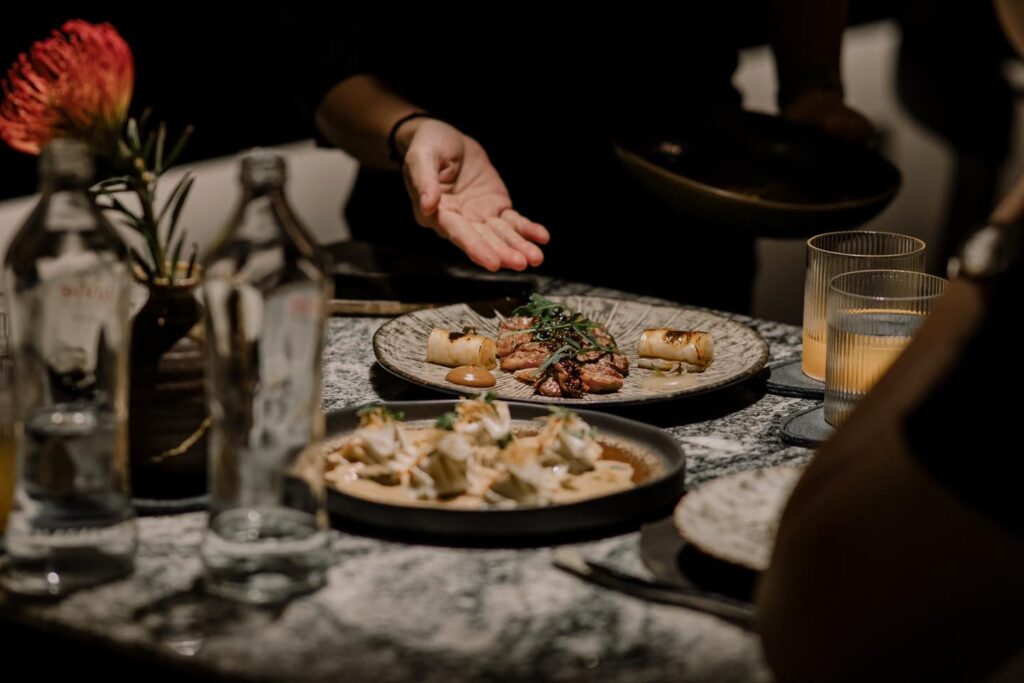
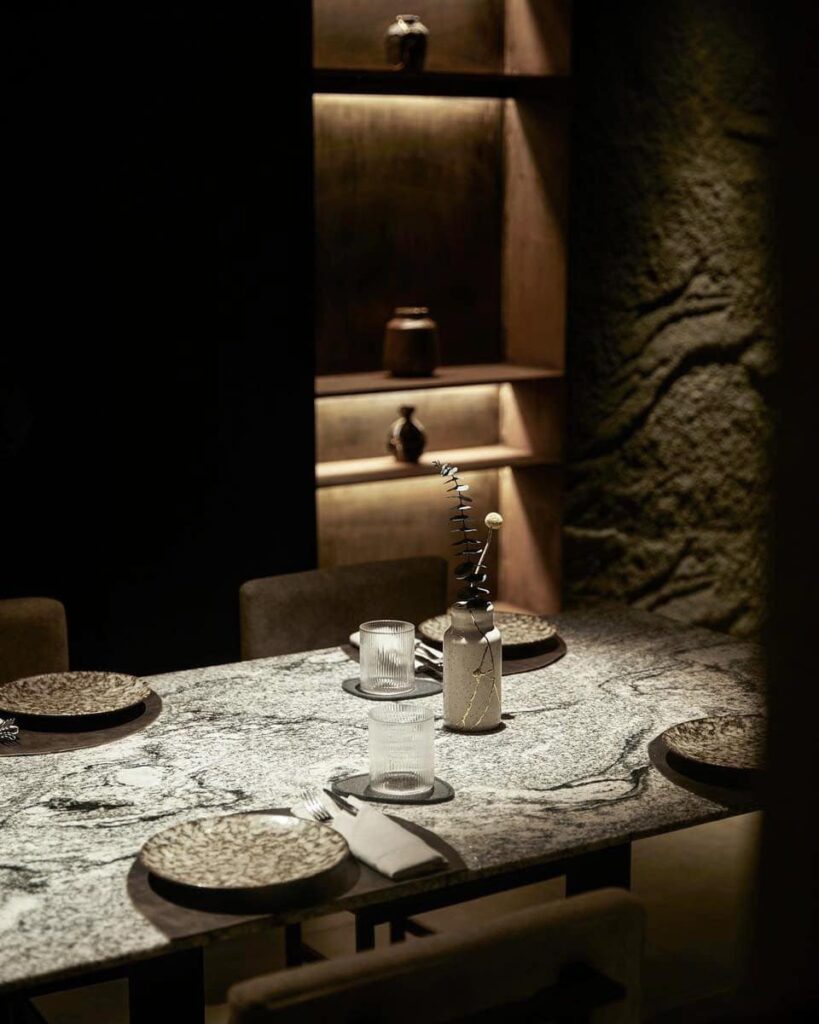
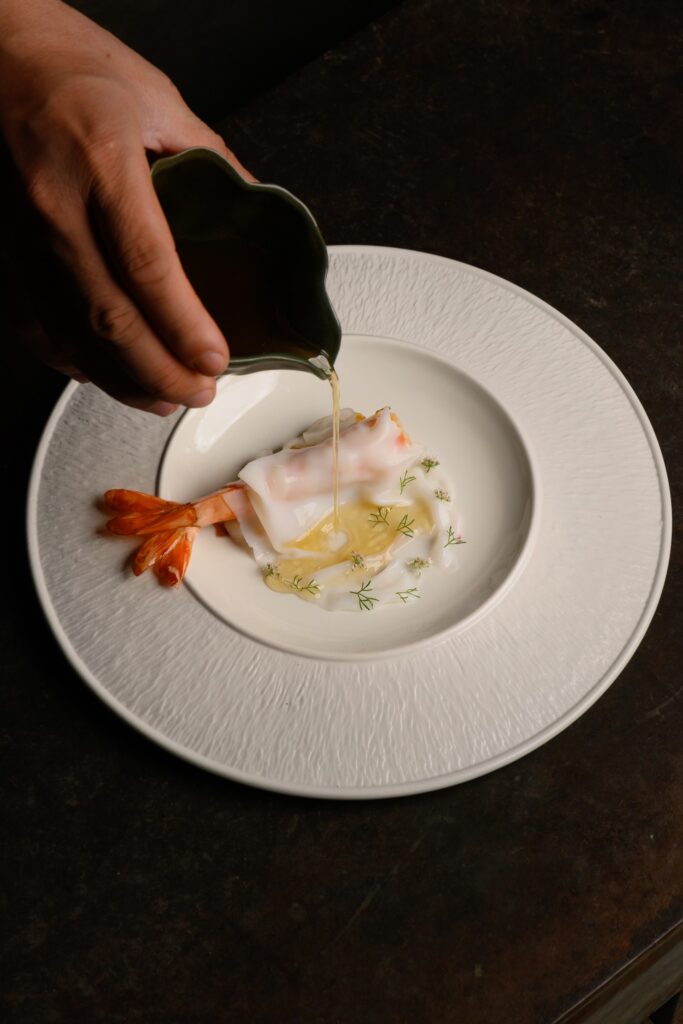
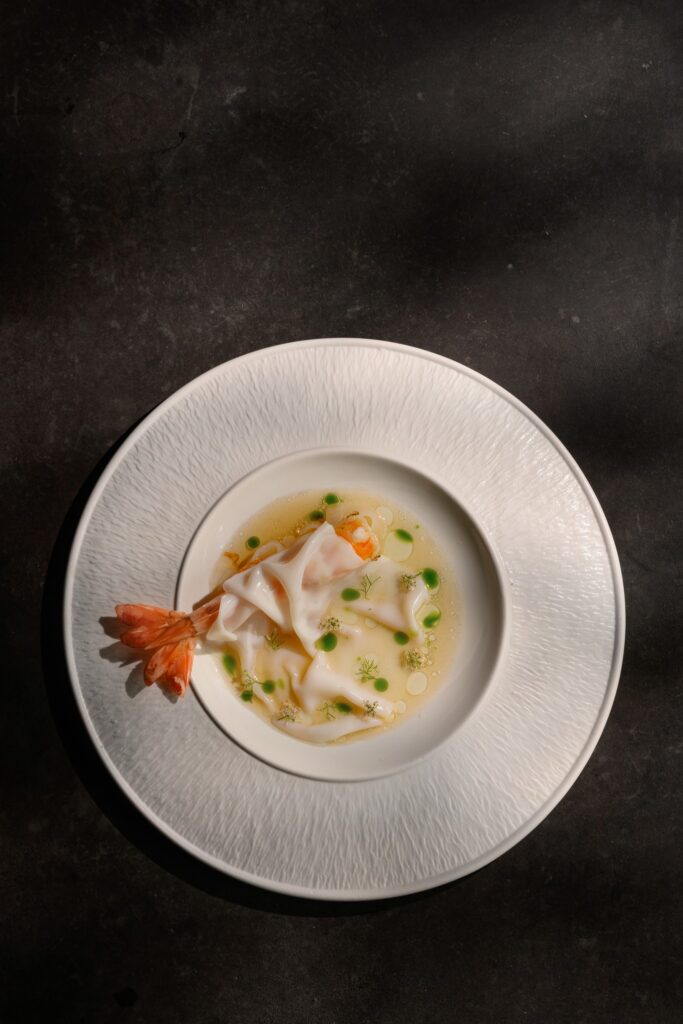
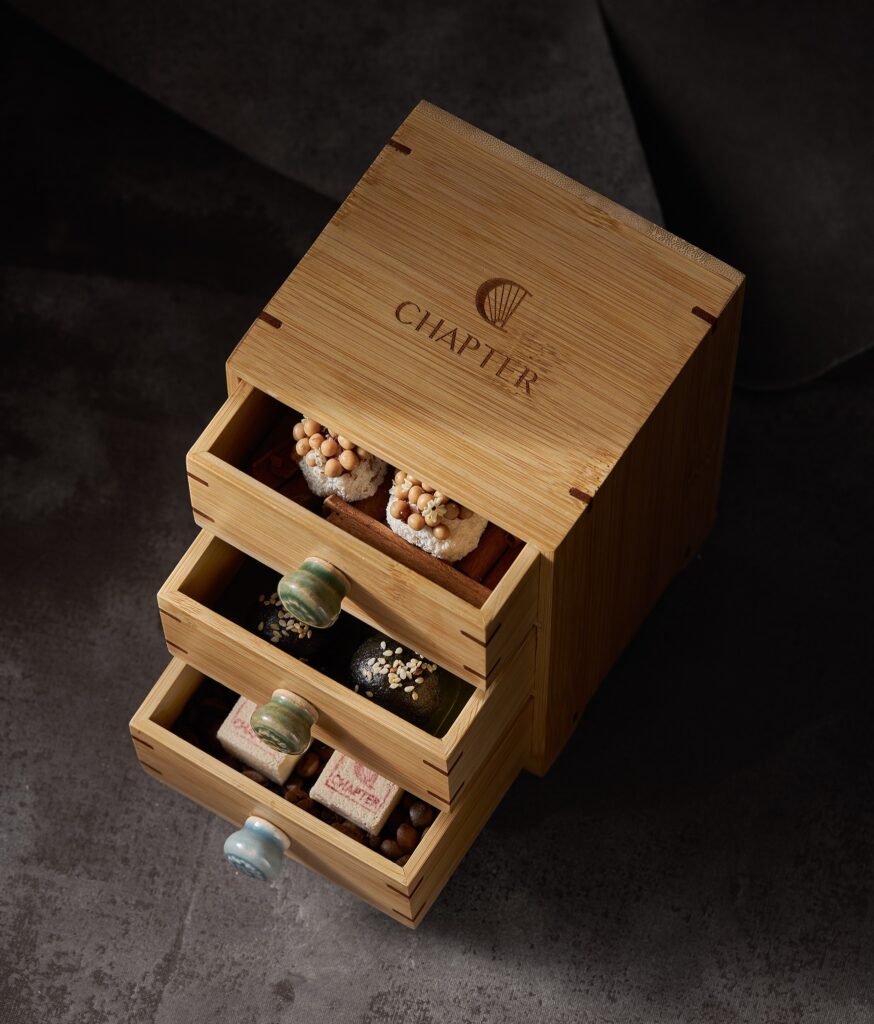
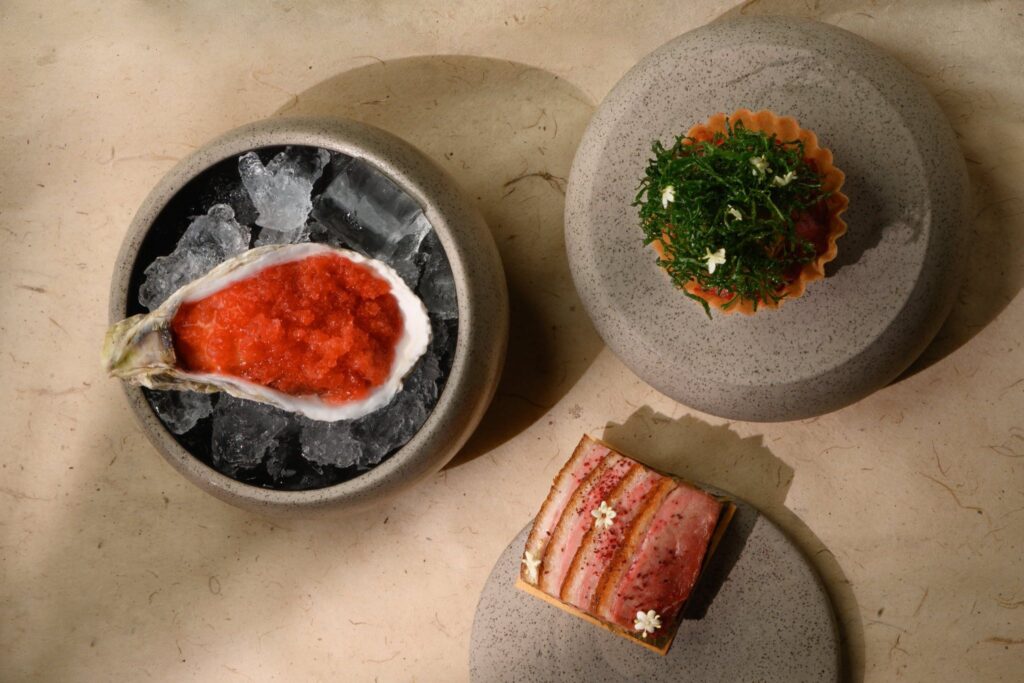
There’s a farm-to-table approach at work, with ingredients sourced from their own farm just 20km from Hanoi. Creative waste reduction techniques include transforming charcoal ash into cooking salt-a neat example of the restaurant’s zero-waste philosophy. This commitment has recently expanded south with Tales by Chapter in Ho Chi Minh City, a sister concept billing itself as Vietnam’s first fully plant-based, zero-waste dining experience. There, ingredients come directly from the team’s other farm in Dalat, completing an impressive eco-conscious culinary ecosystem that spans the length of Vietnam.
In-house sommelier Tram works closely with the kitchen to ensure harmonious pairings, featuring notable producers like Nicholas Joly alongside Japanese sake selections, and the meal concludes with exquisite petit fours that the chef describes as “more than just sweets-they are a bridge between past and present, where traditional Northern Vietnamese flavours meet contemporary creative spirit.” It’s a fitting end to a meal that consistently balances innovation with reverence for tradition.
At approximately 2,150,000 VND (£65) per person for the tasting menu, Chapter represents premium pricing for Hanoi but delivers a unique 2.5-3 hour experience that has earned it recognition in the Michelin Guide in both 2023 and 2024. Add another £35-40 for the wine pairing, and you’ve still got a bargain compared to similar experiences in Europe.
Address: 43 Bat Su Street, Hoan Kiem District, Hanoi
Website: chapterhanoi.com
We’re hitting the streets next, in search of the best beef pho in Hanoi. We can’t wait!

